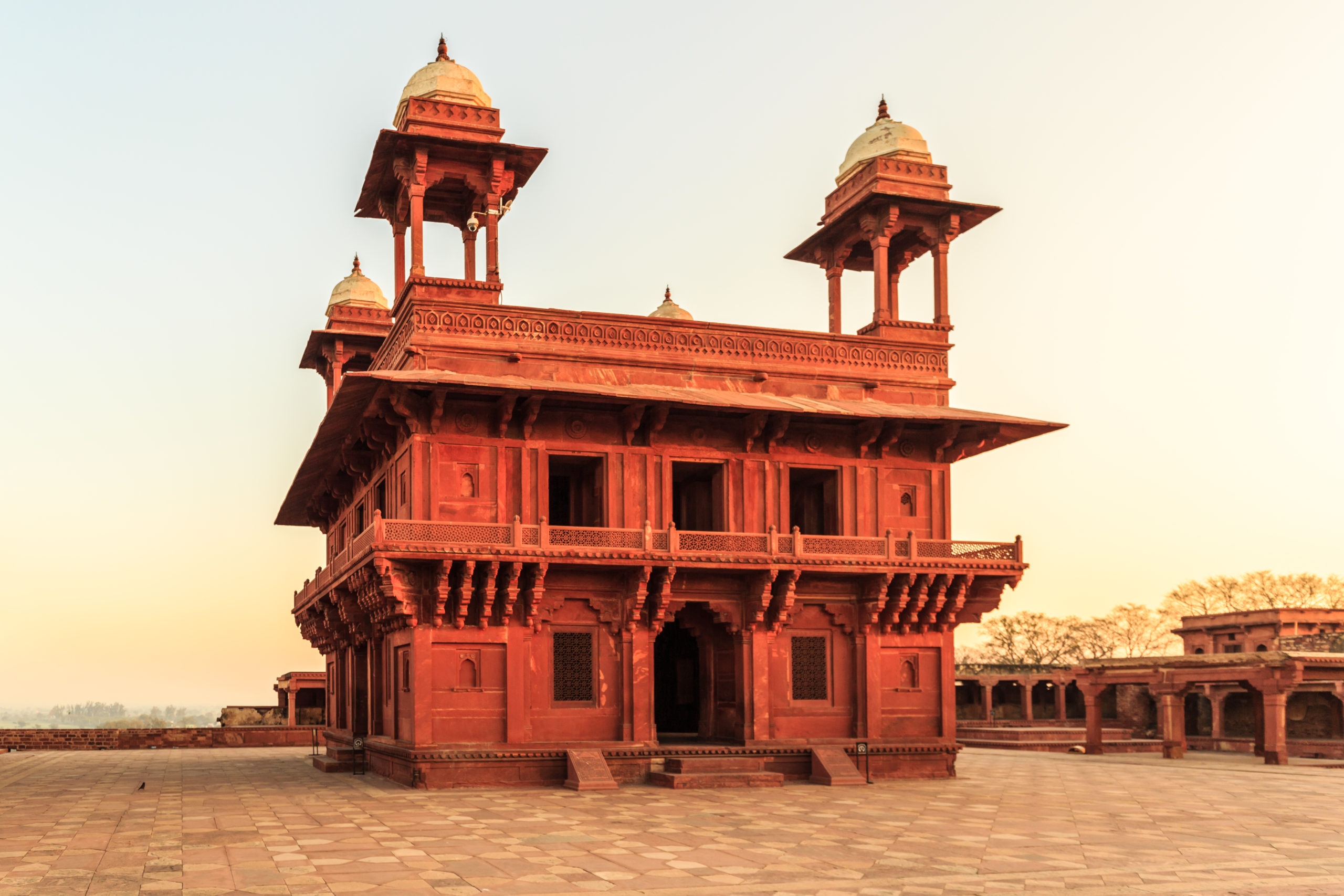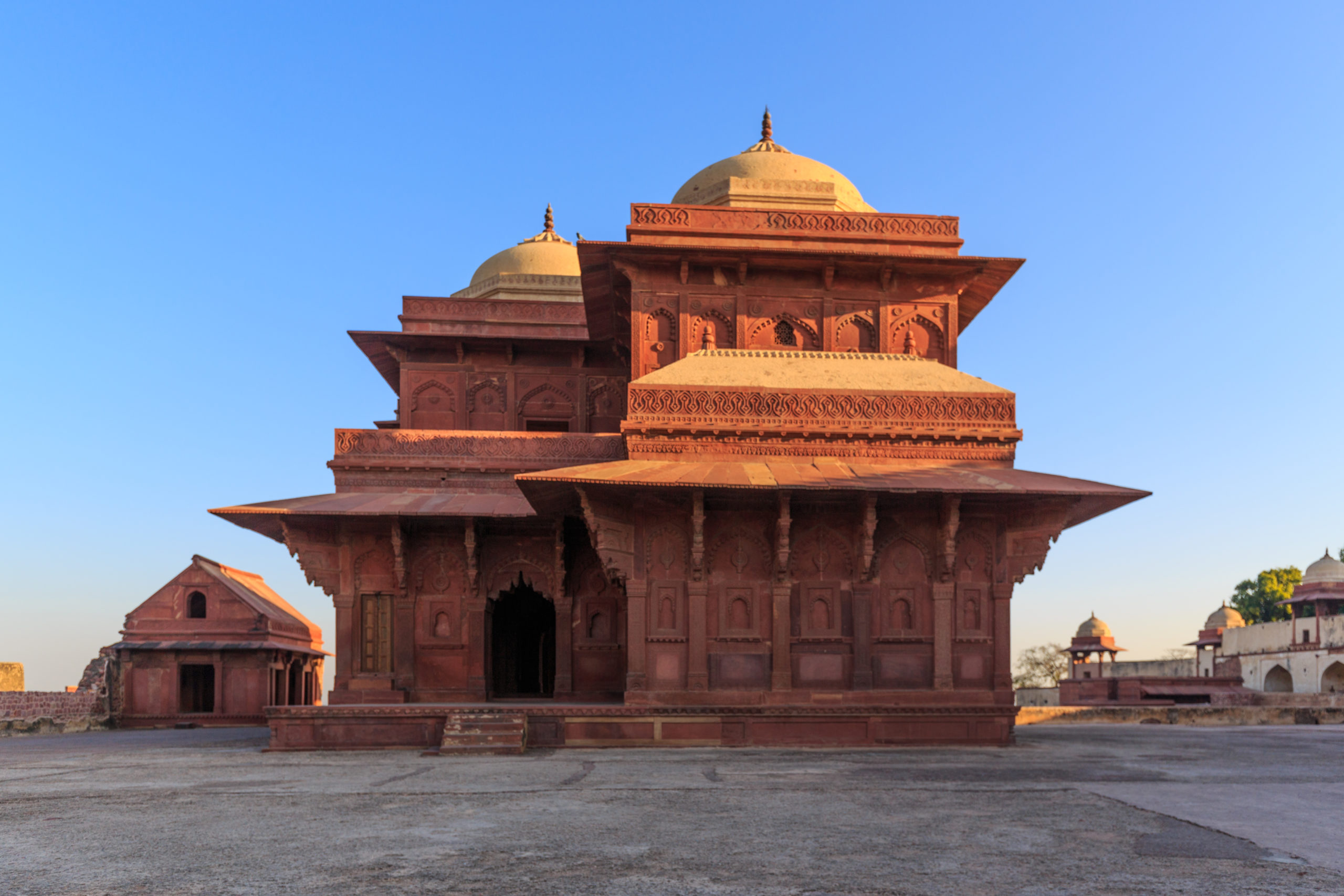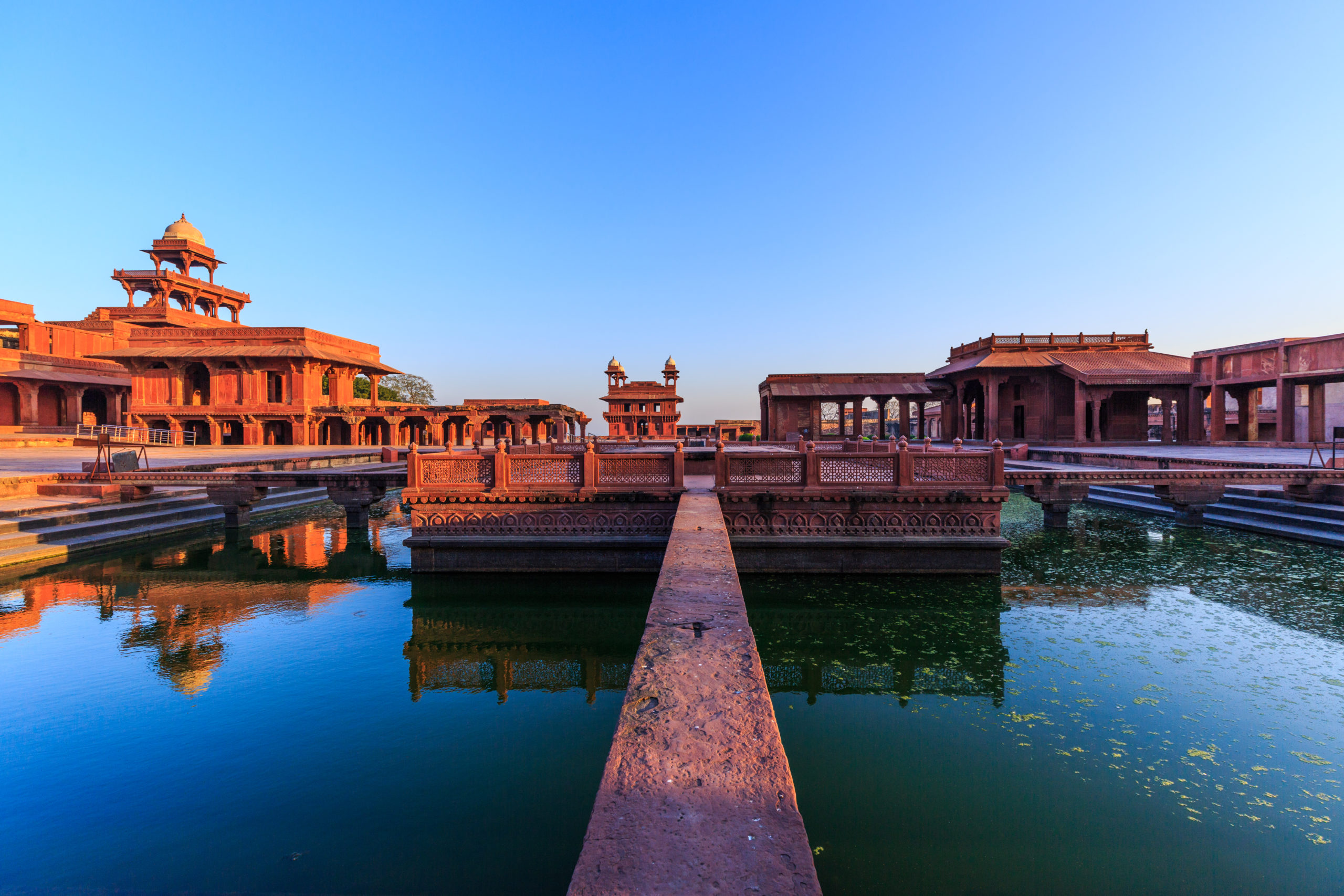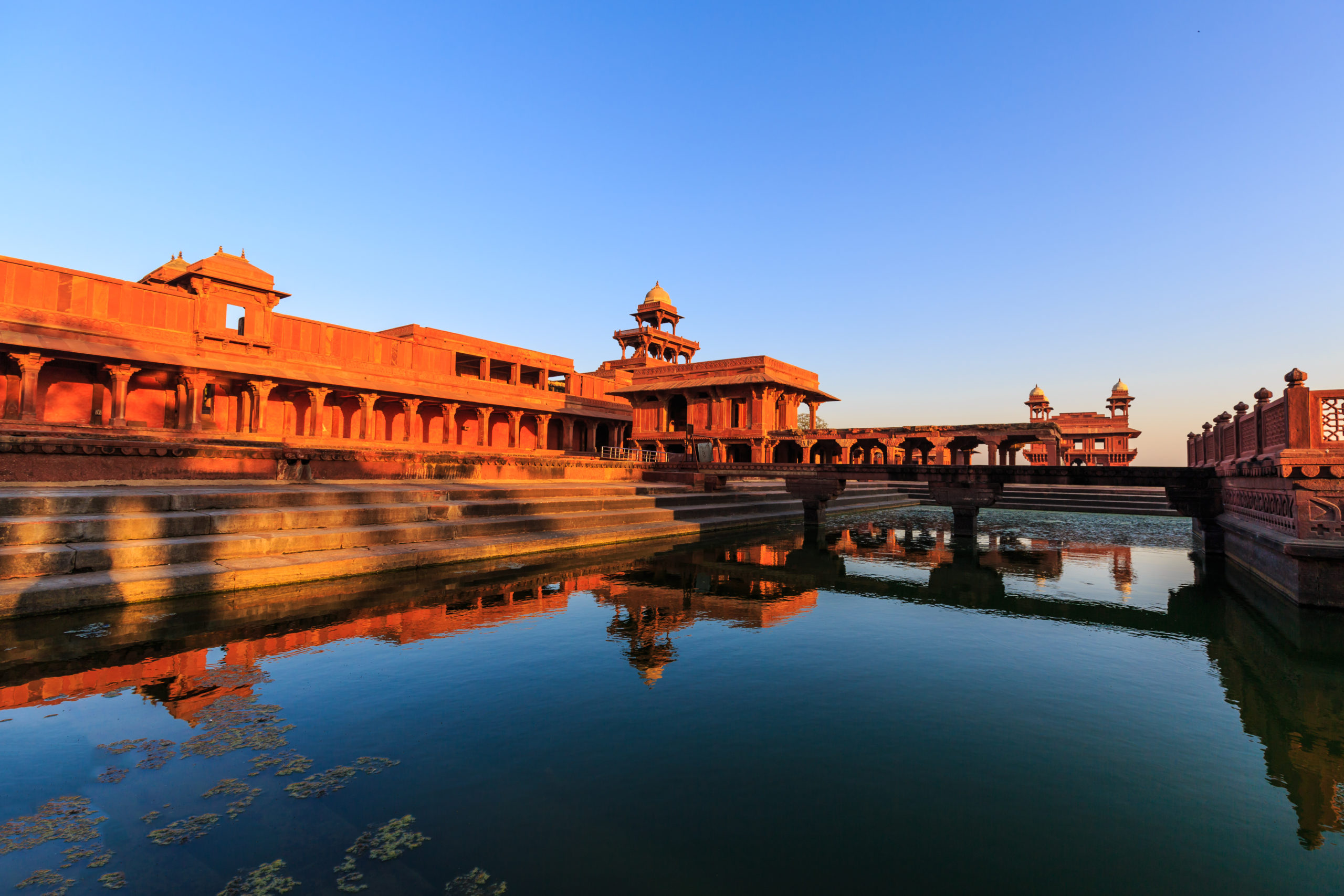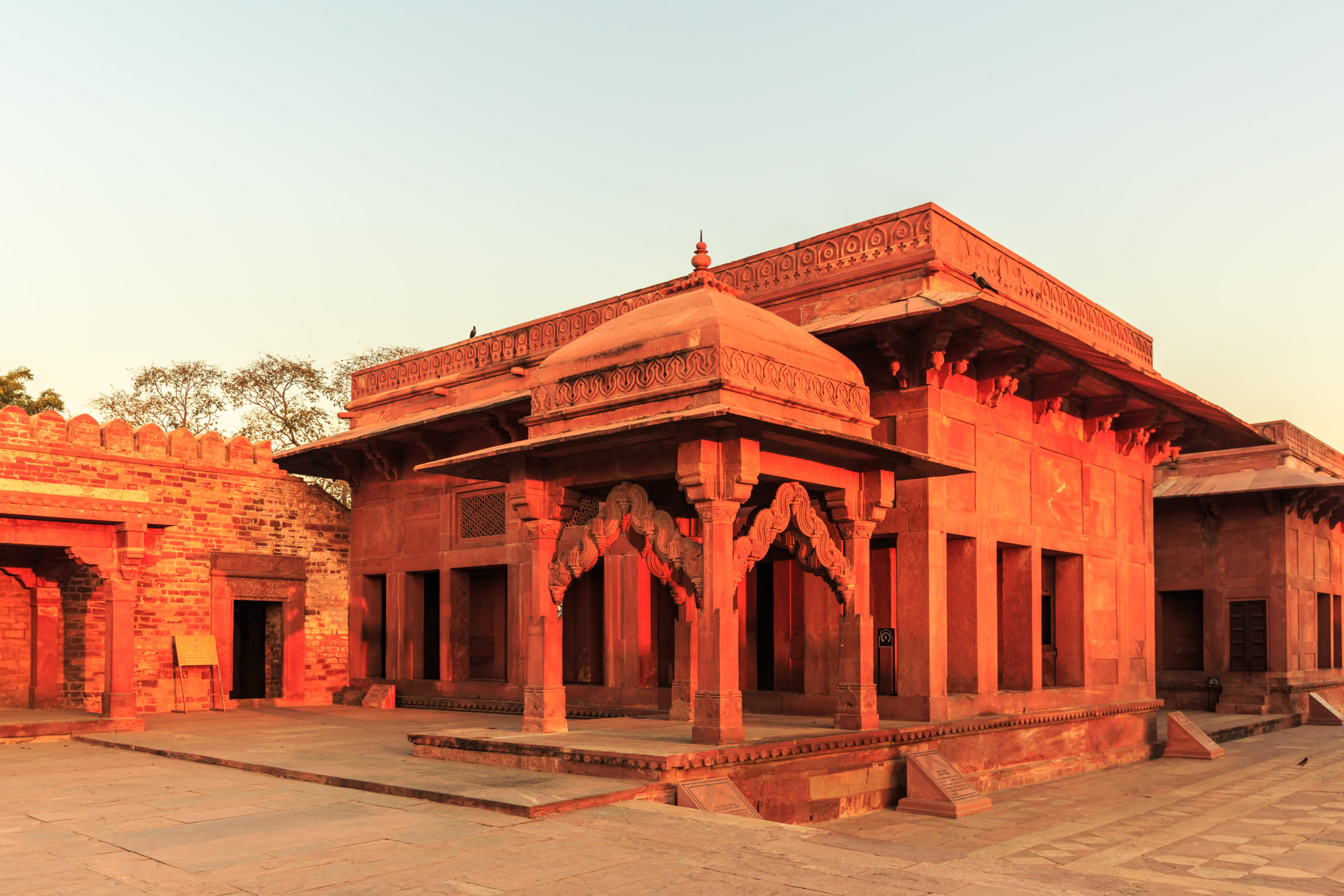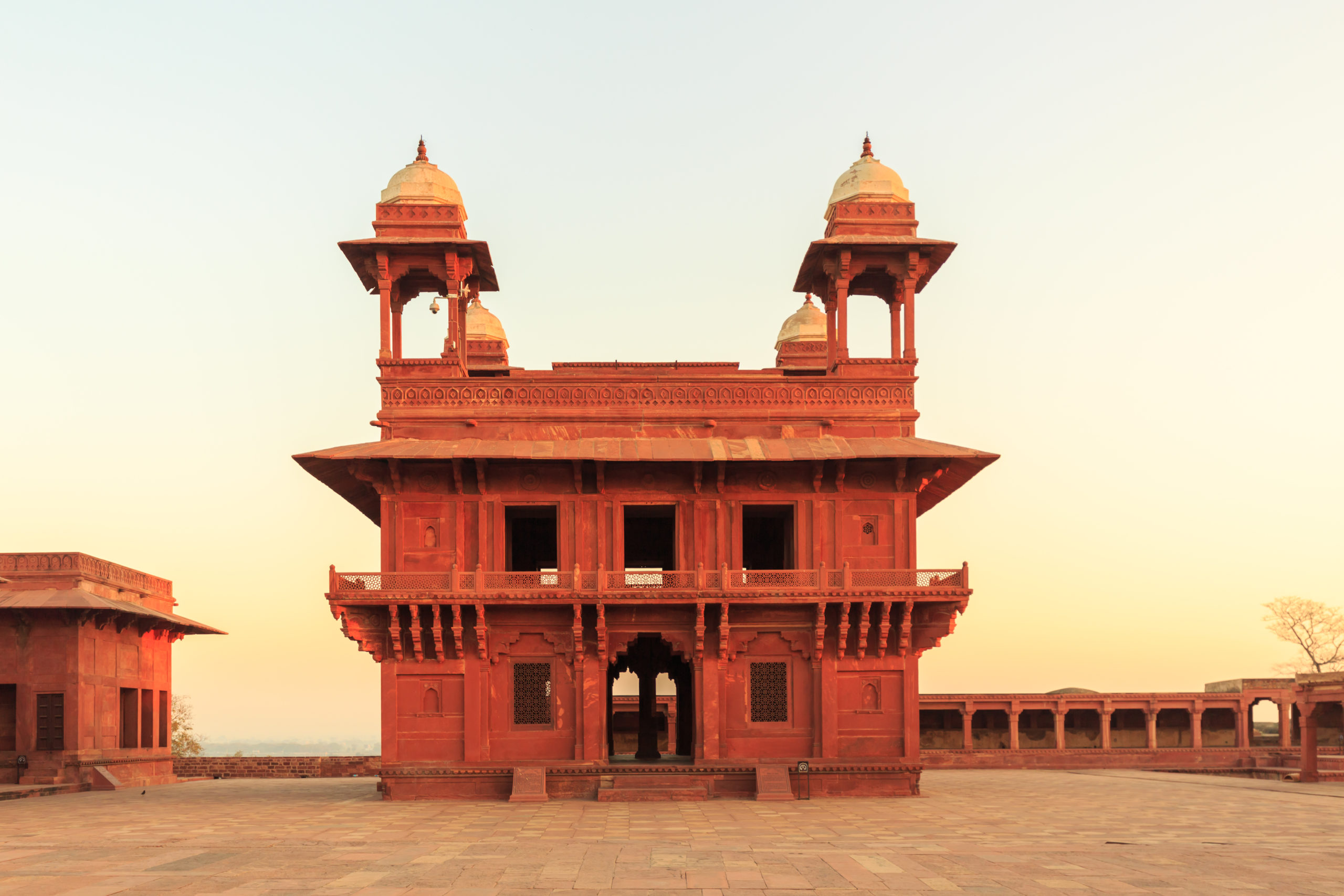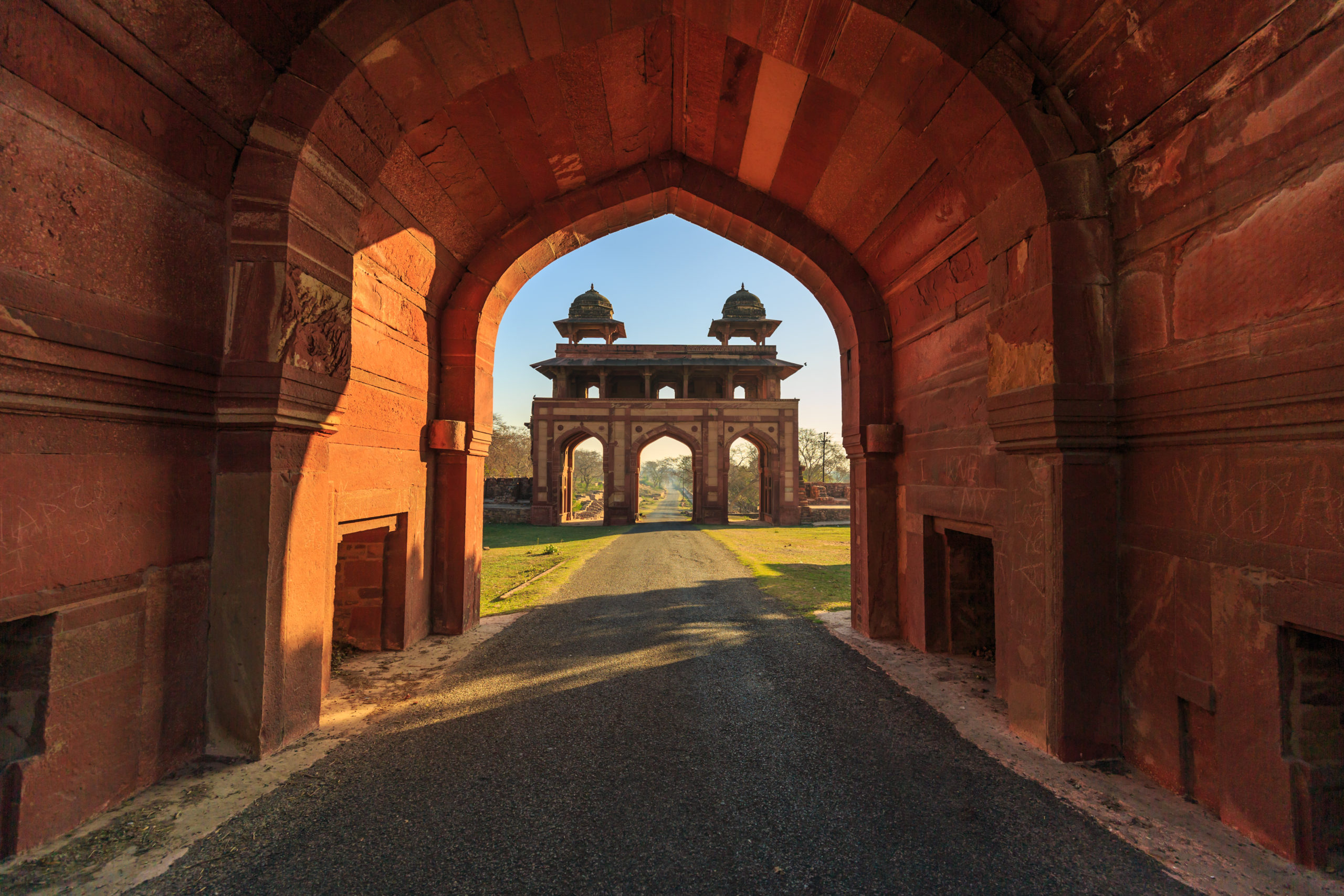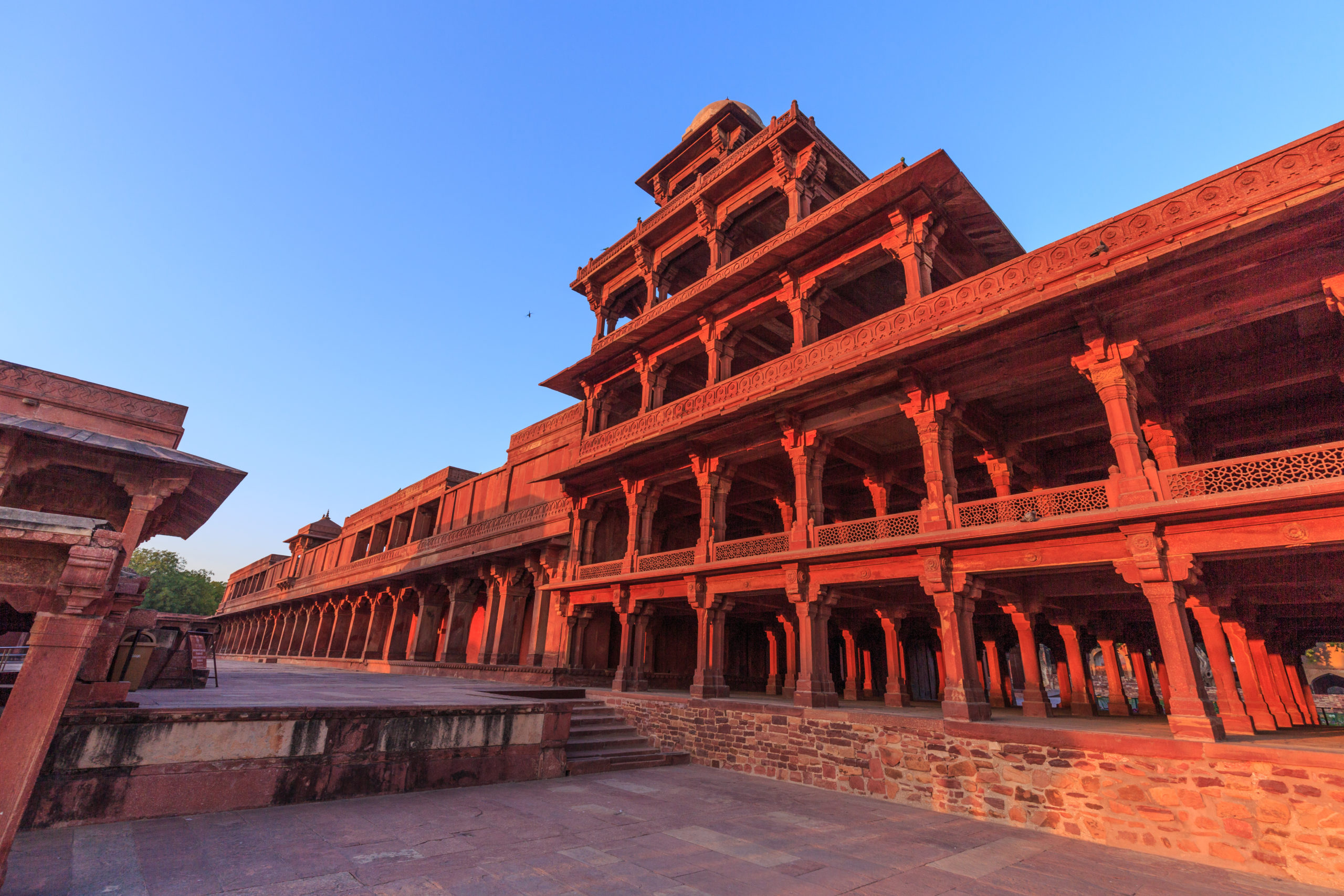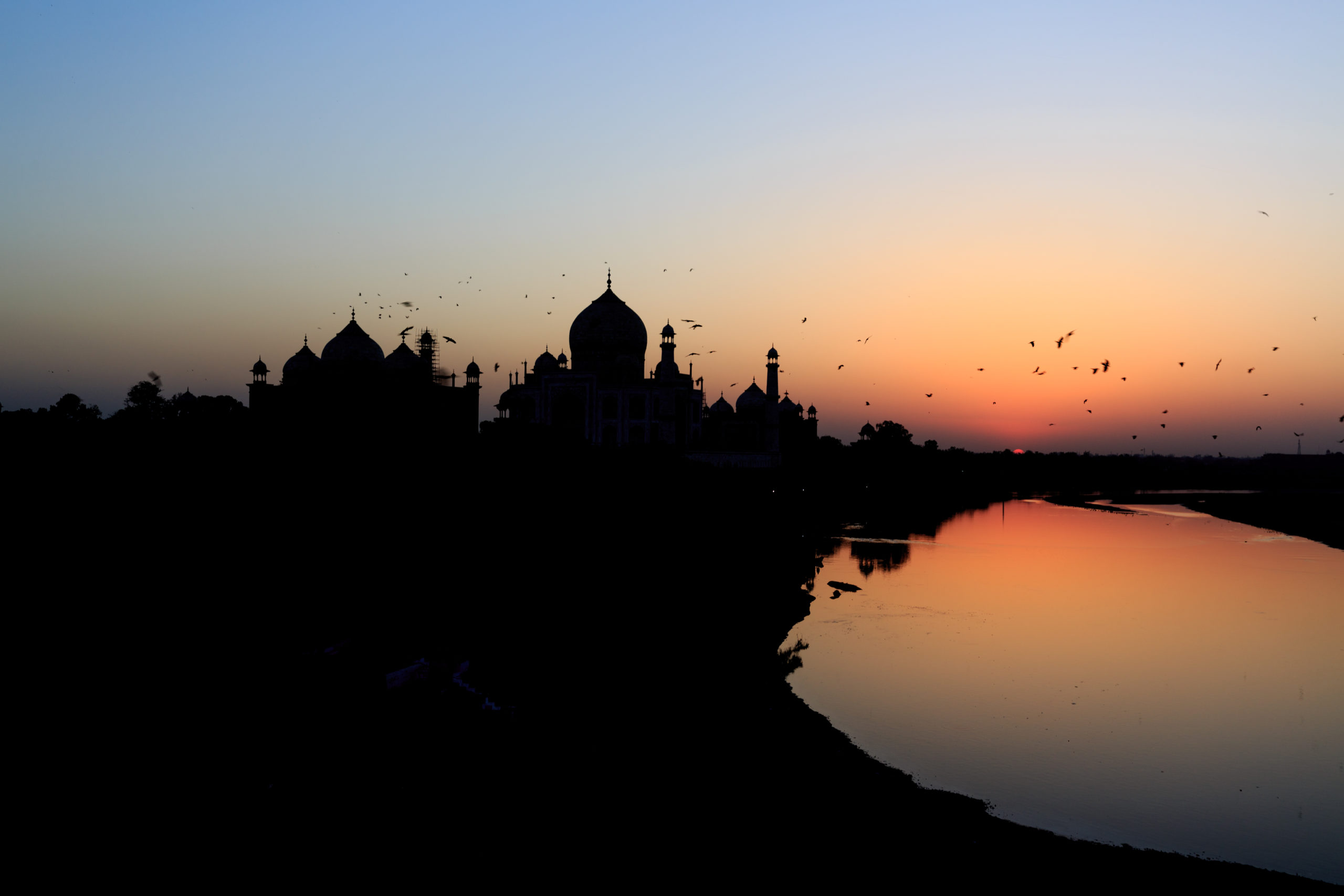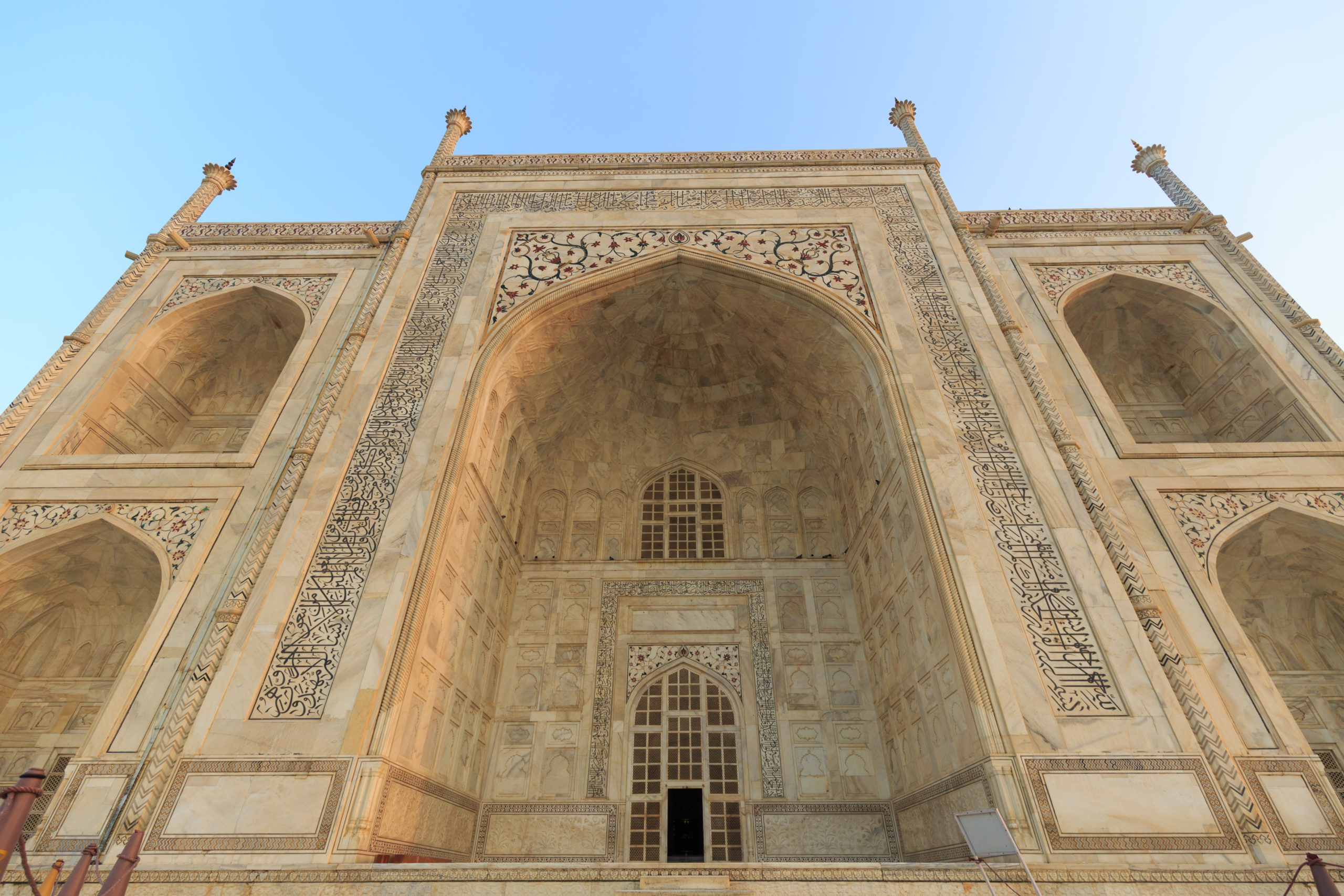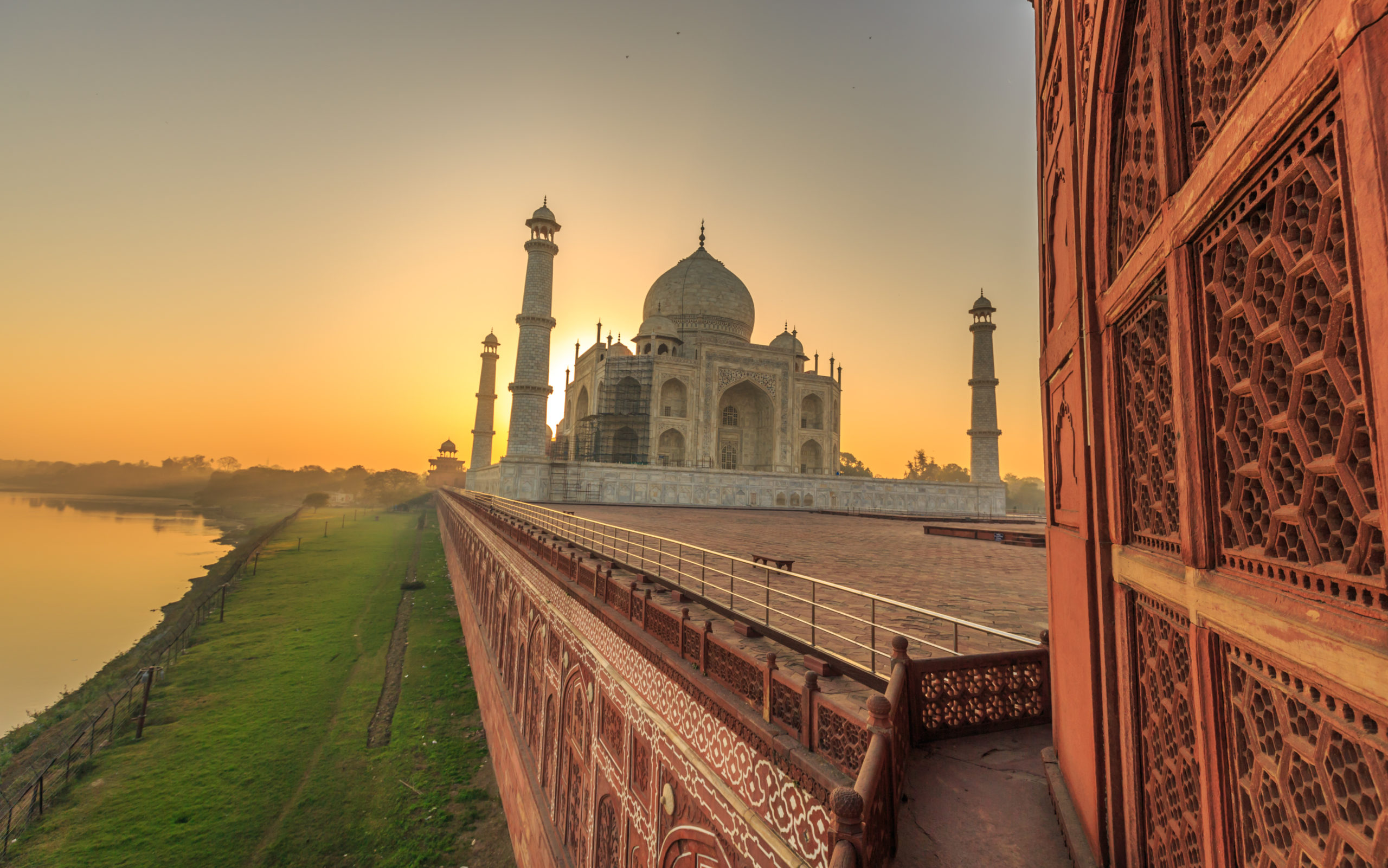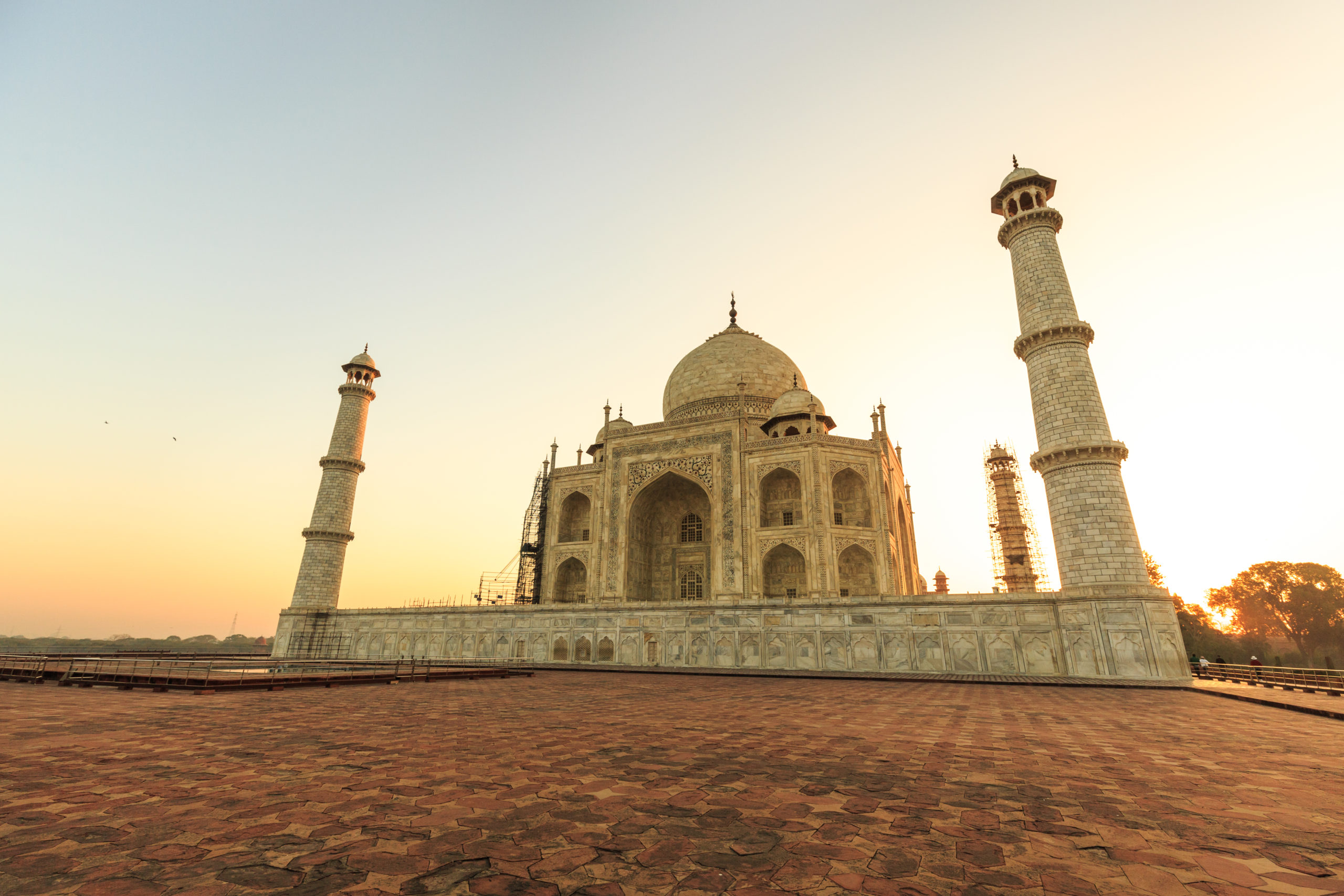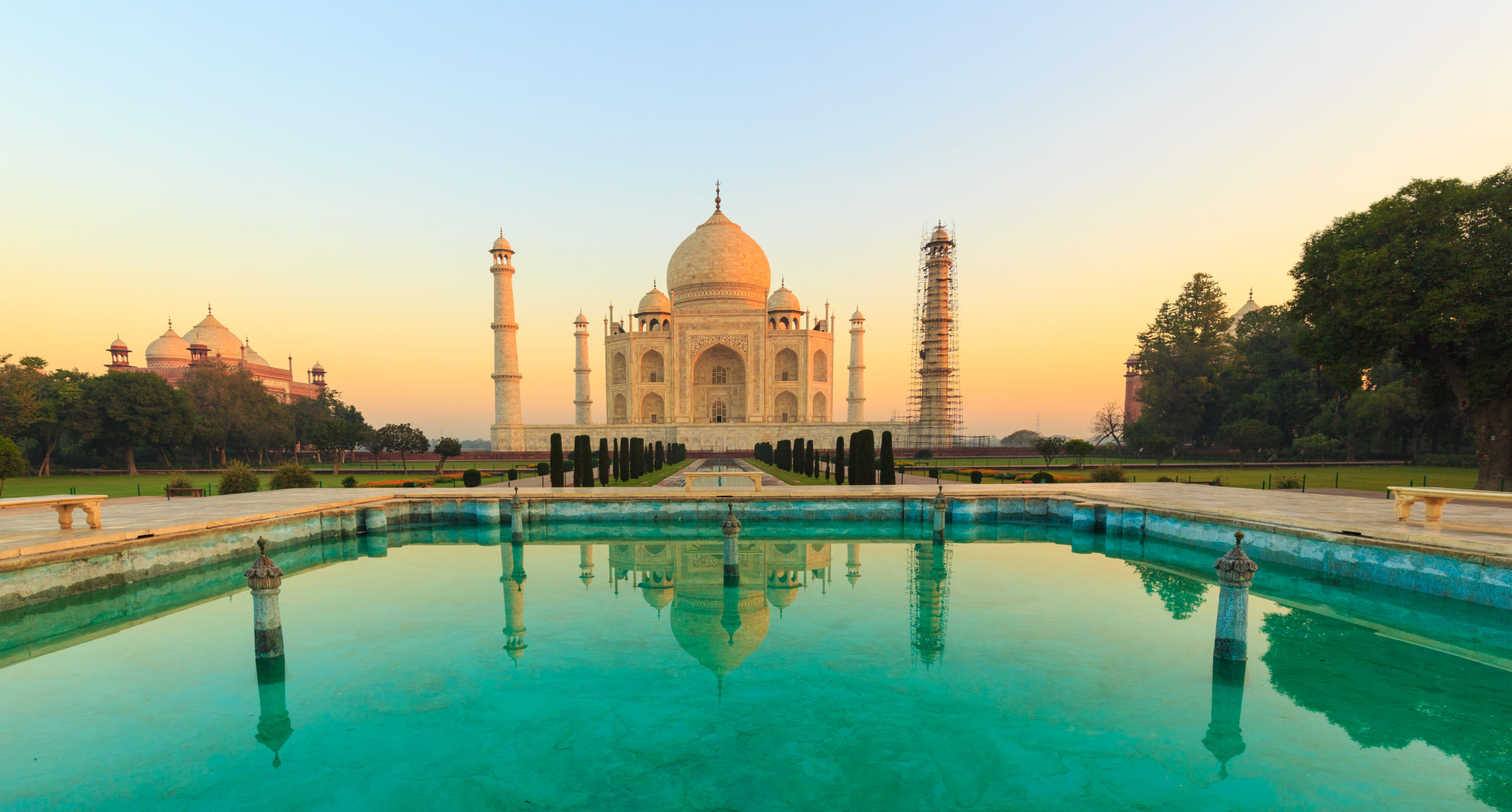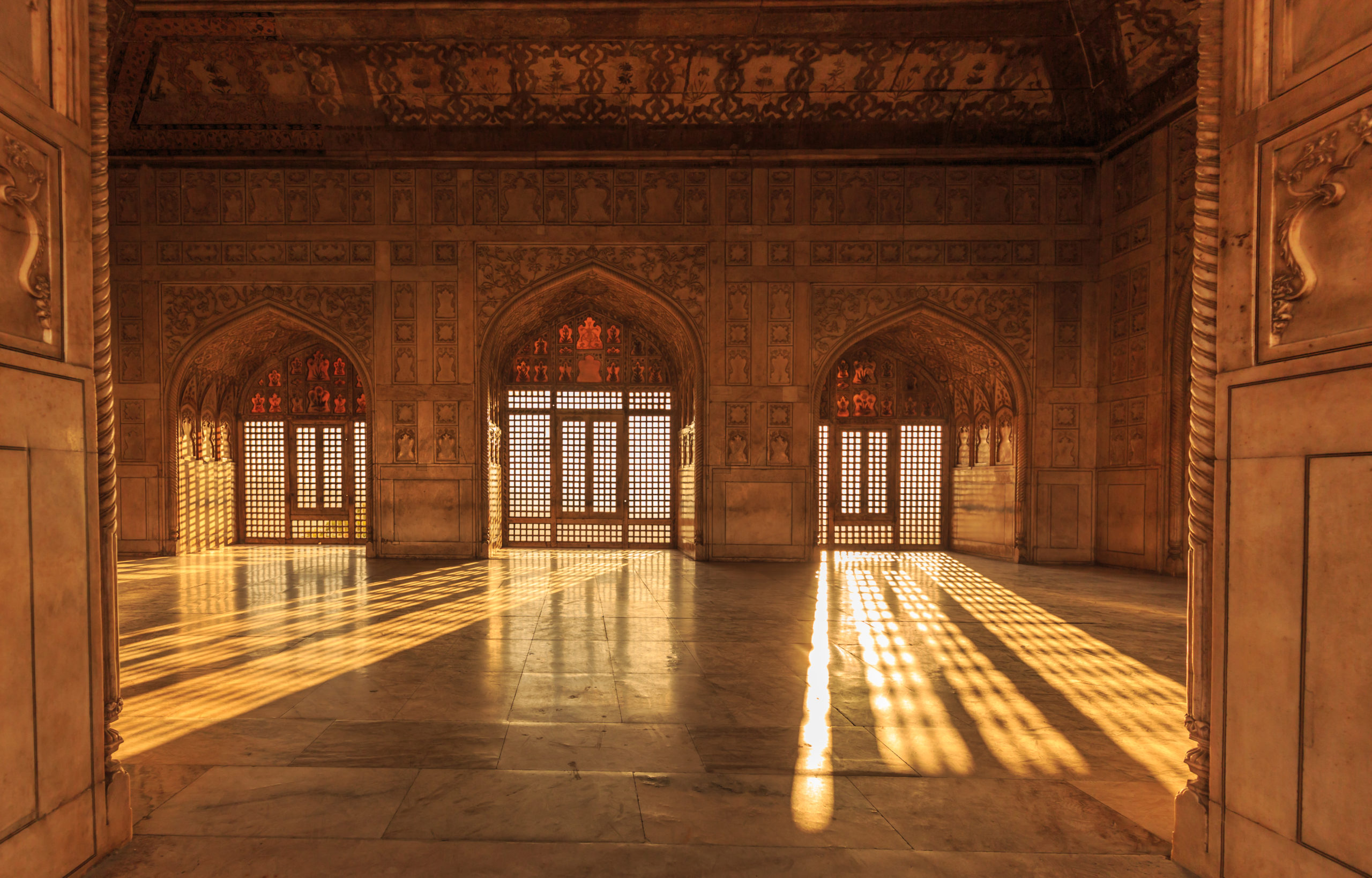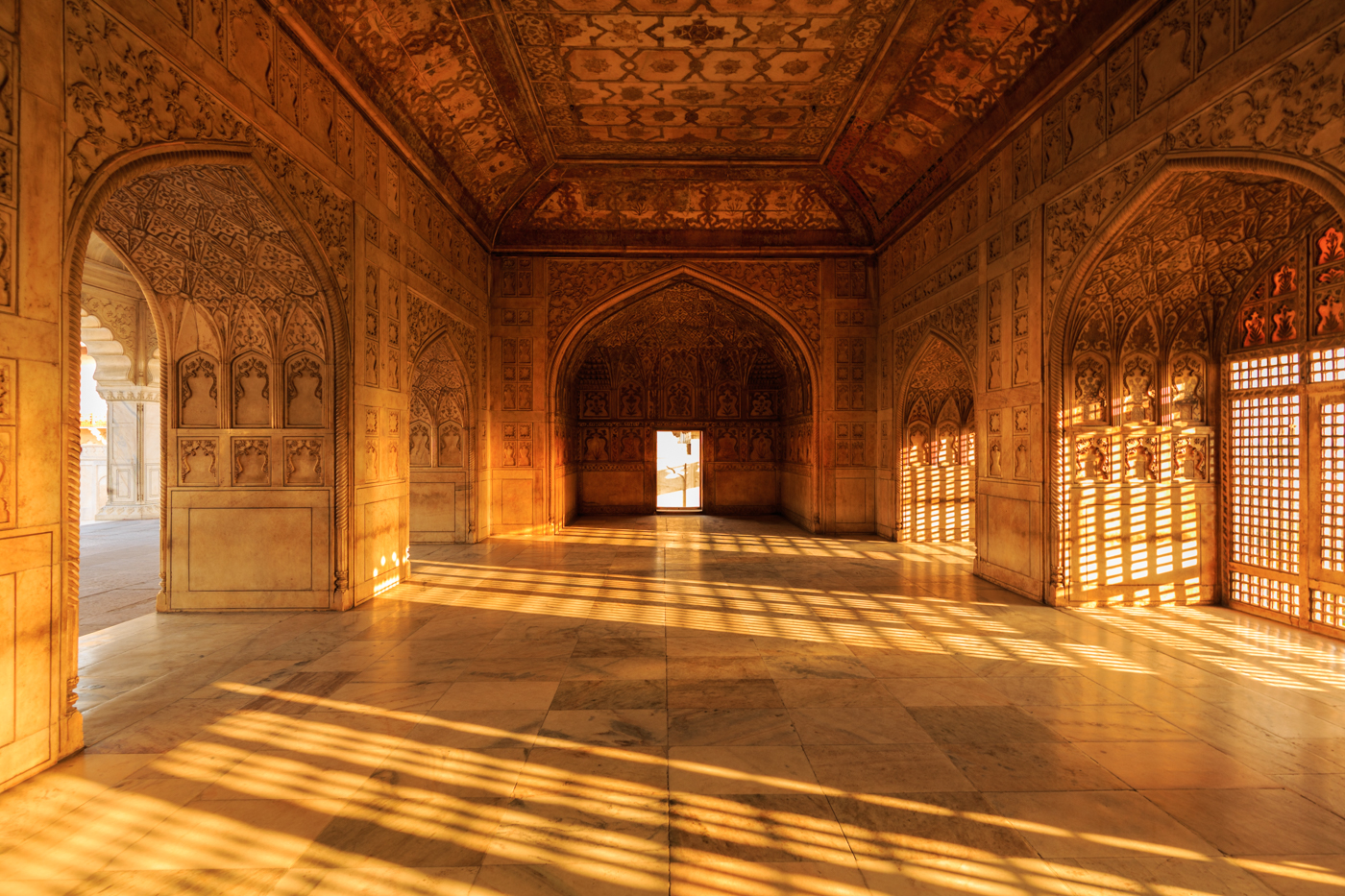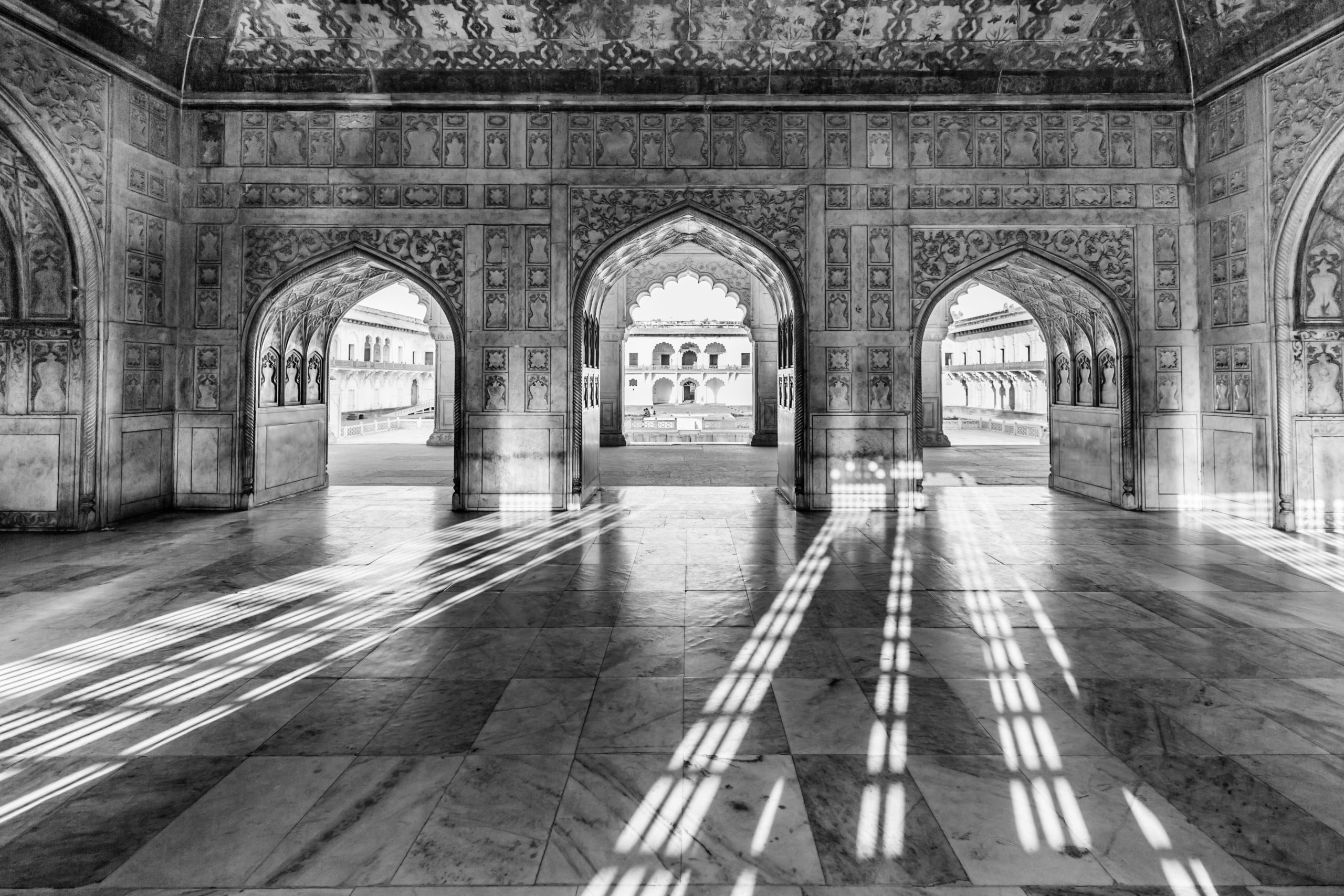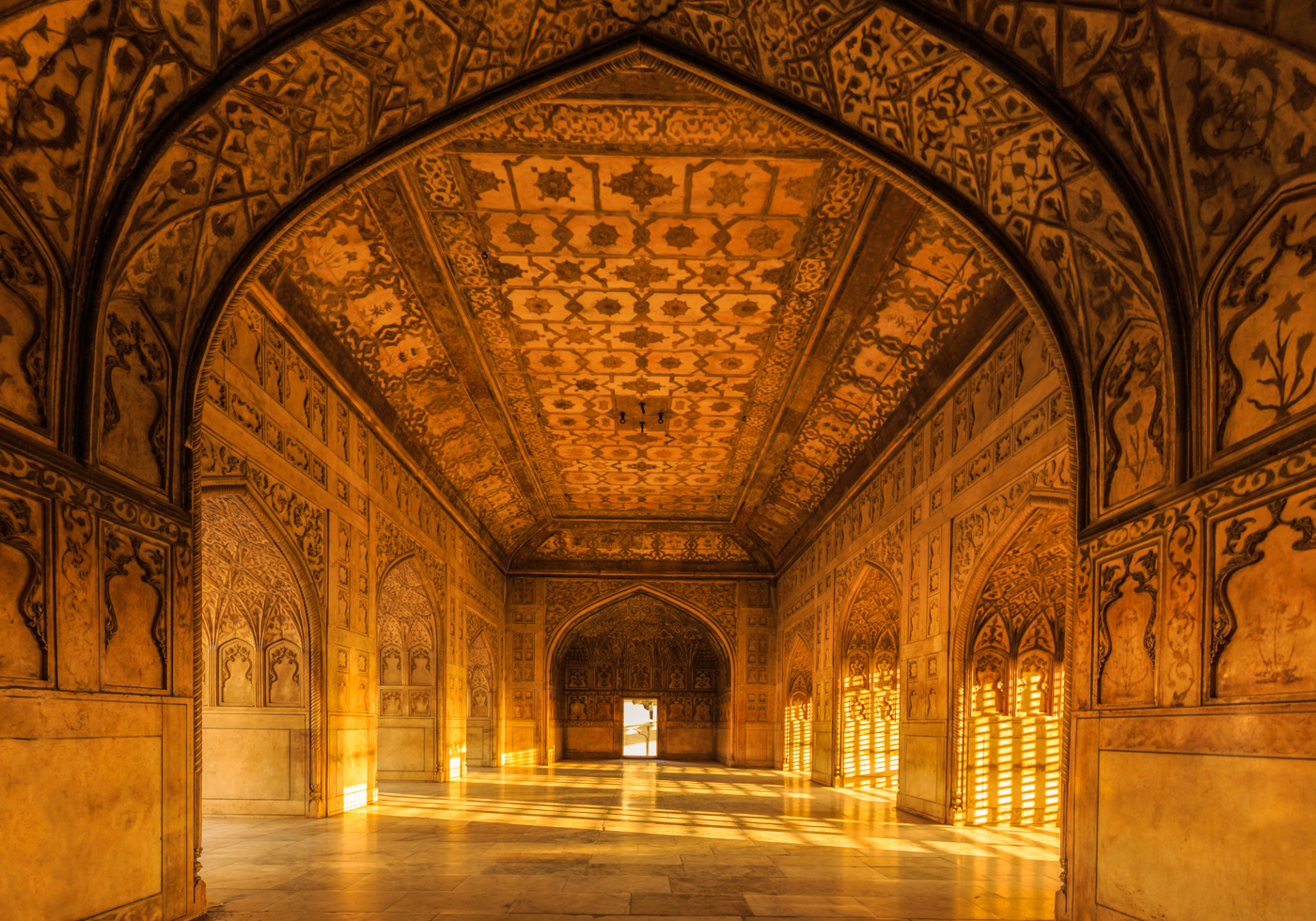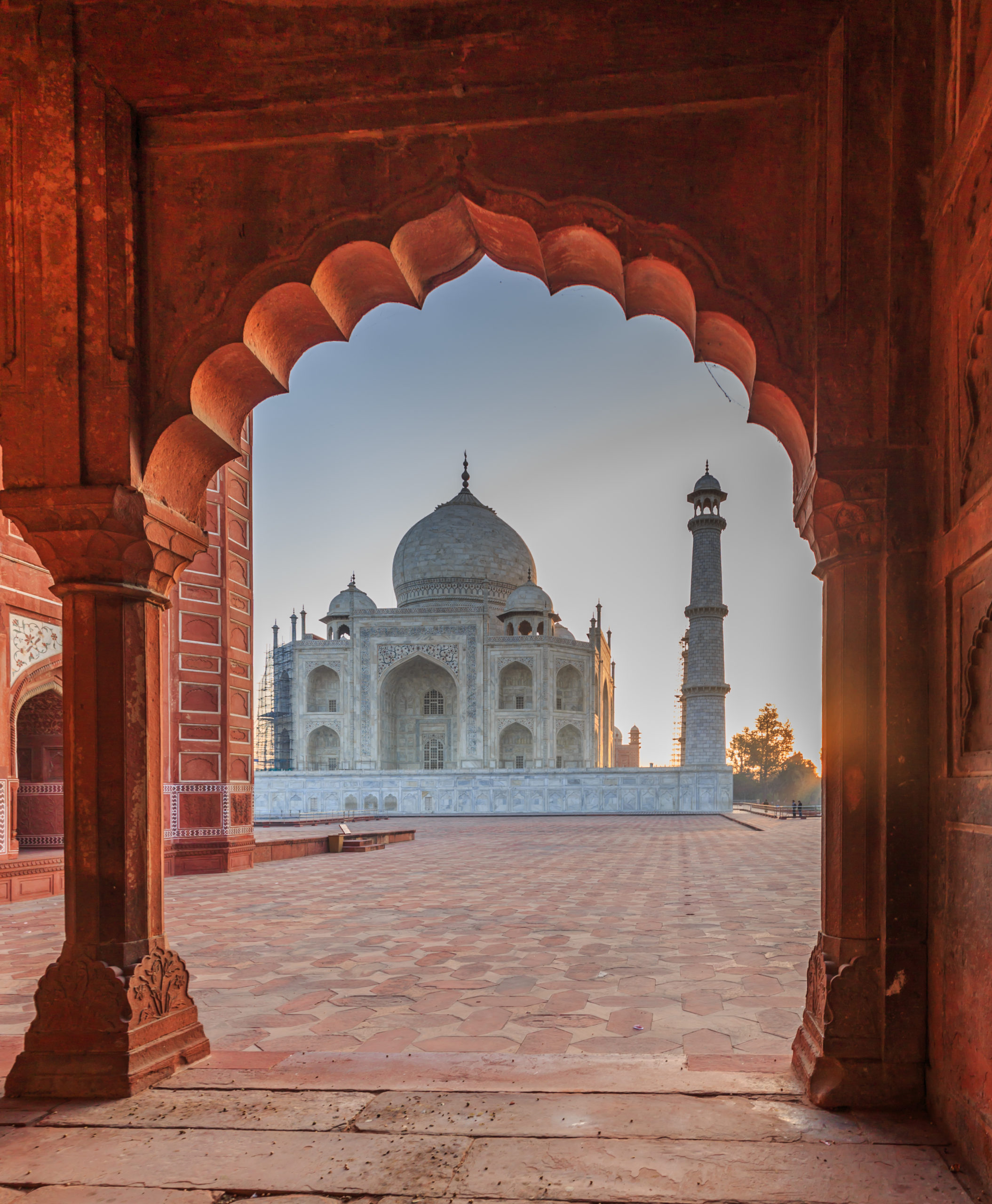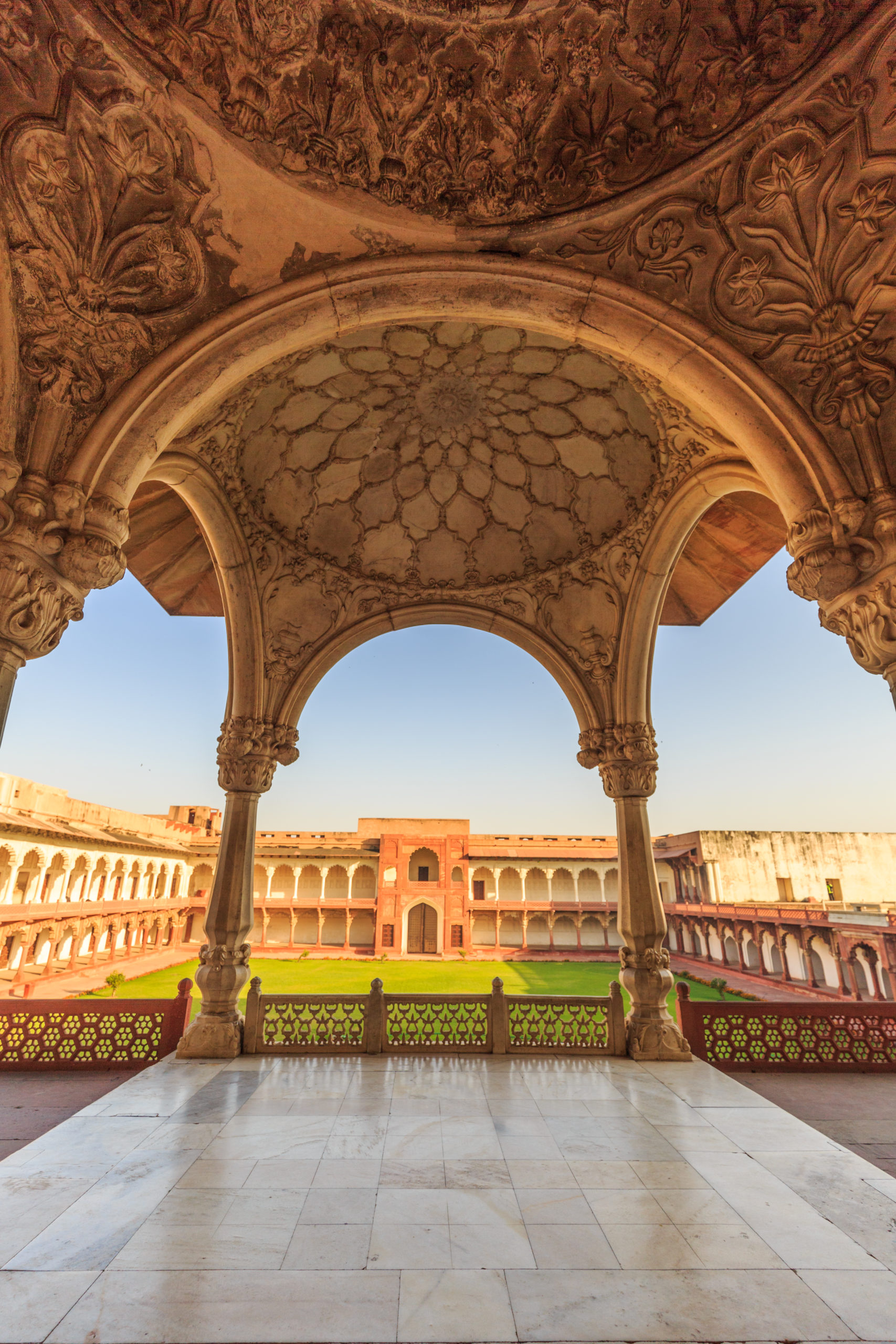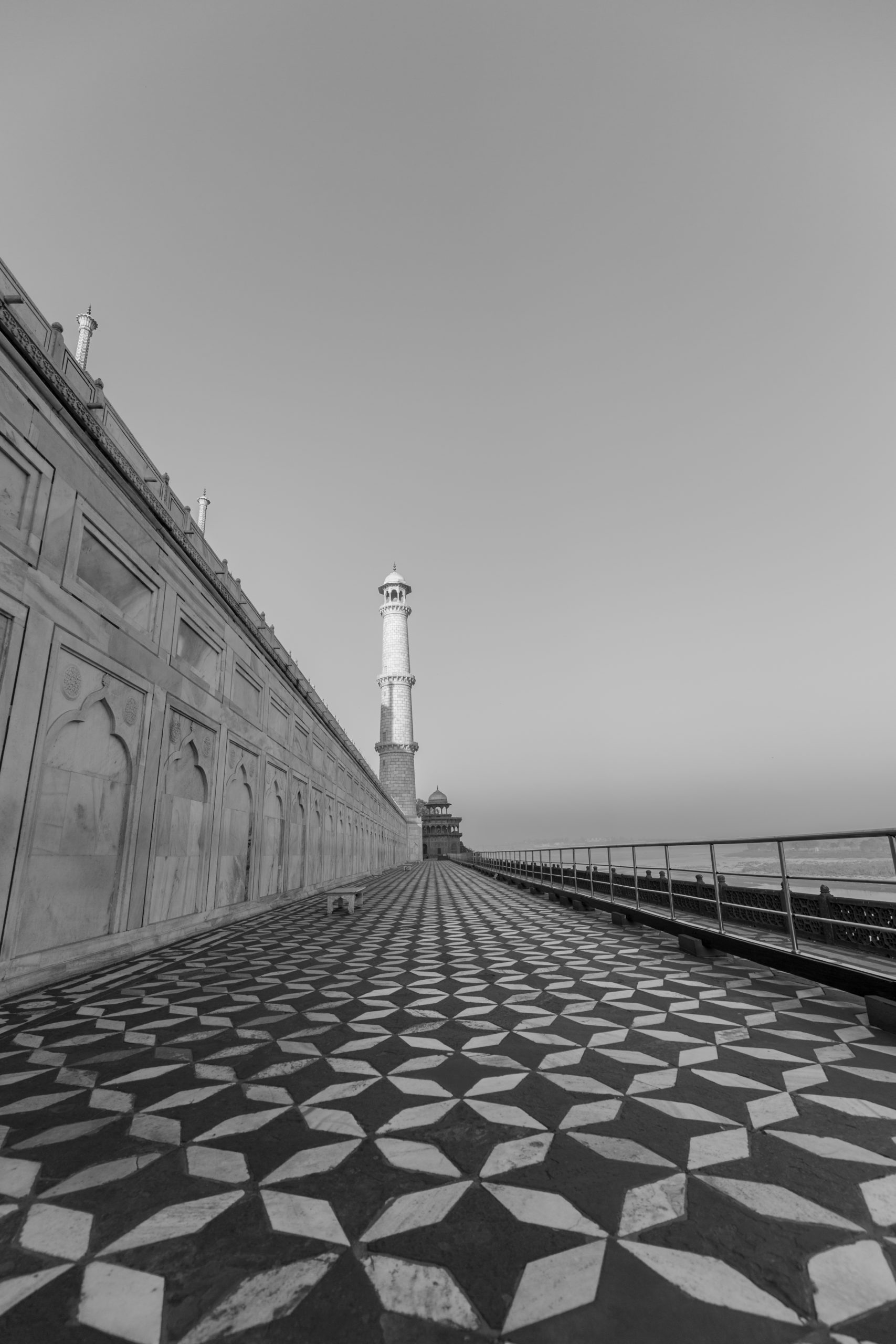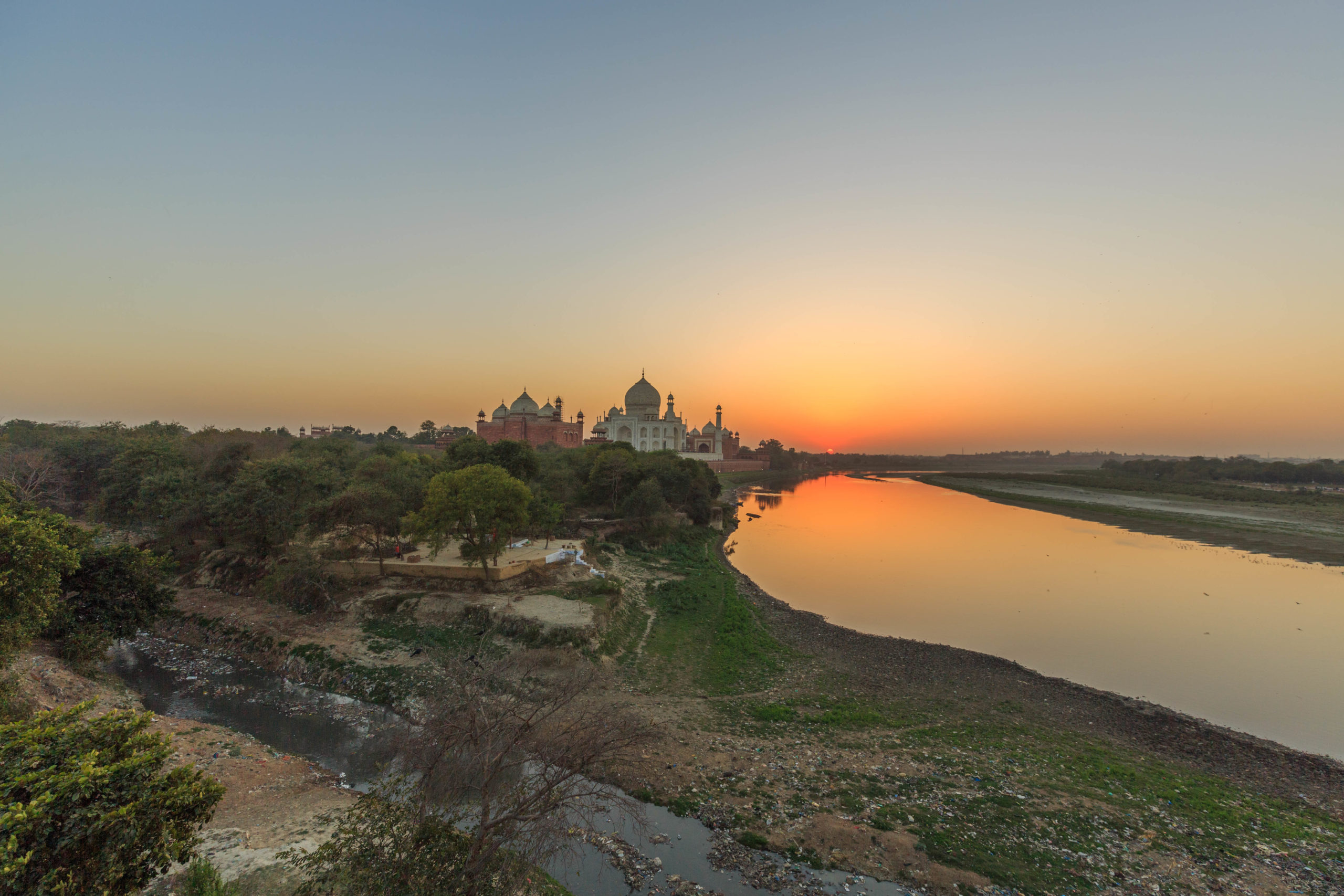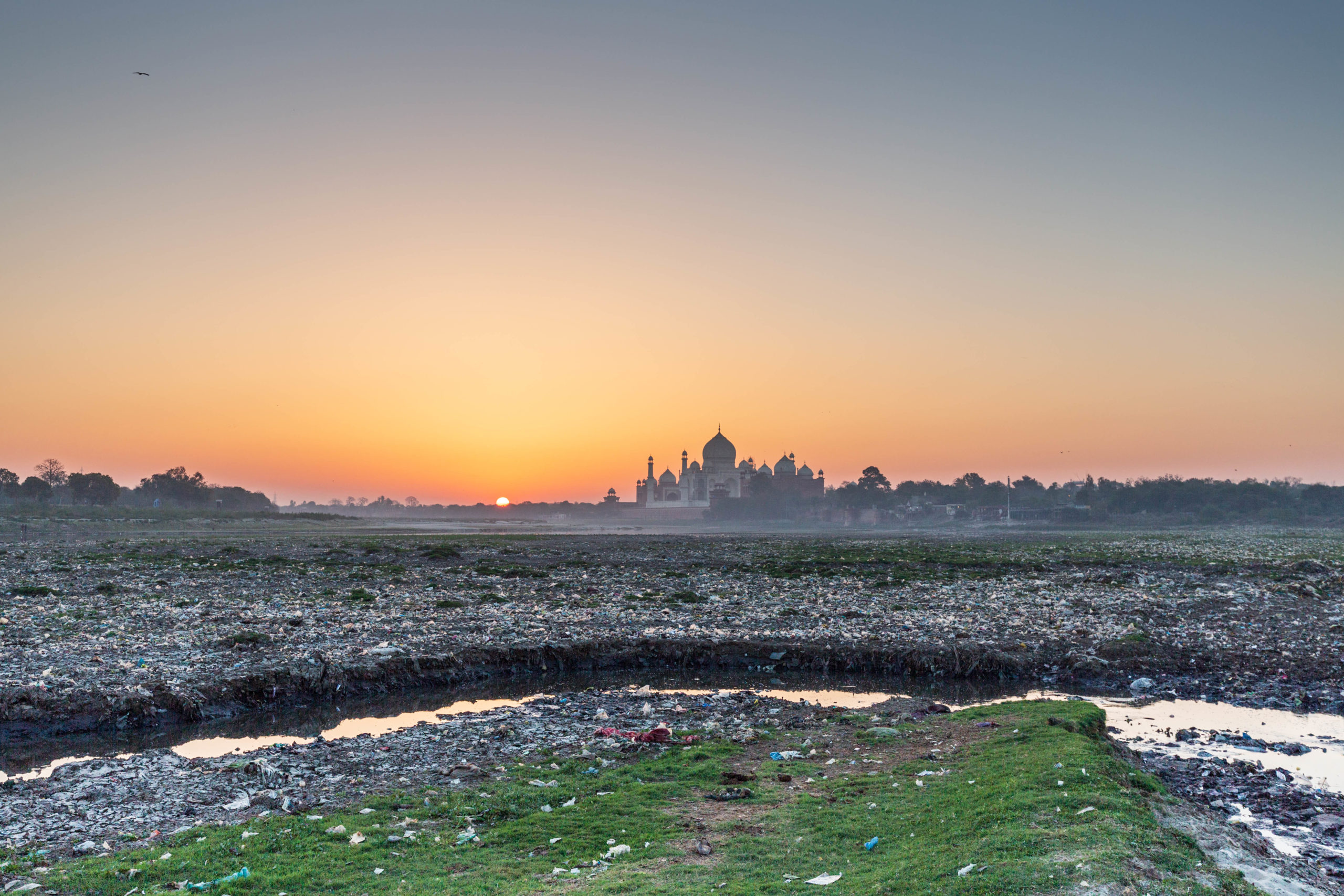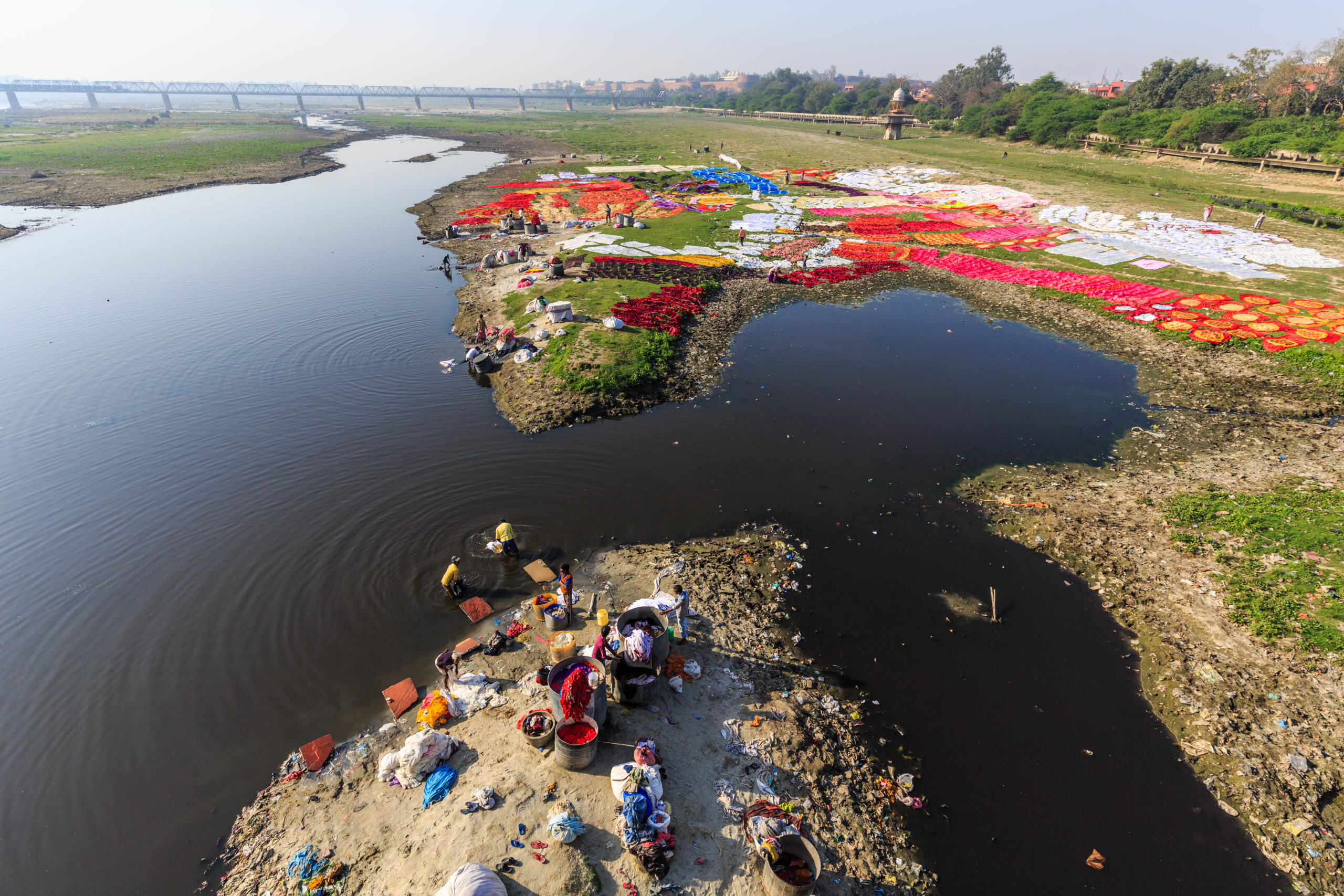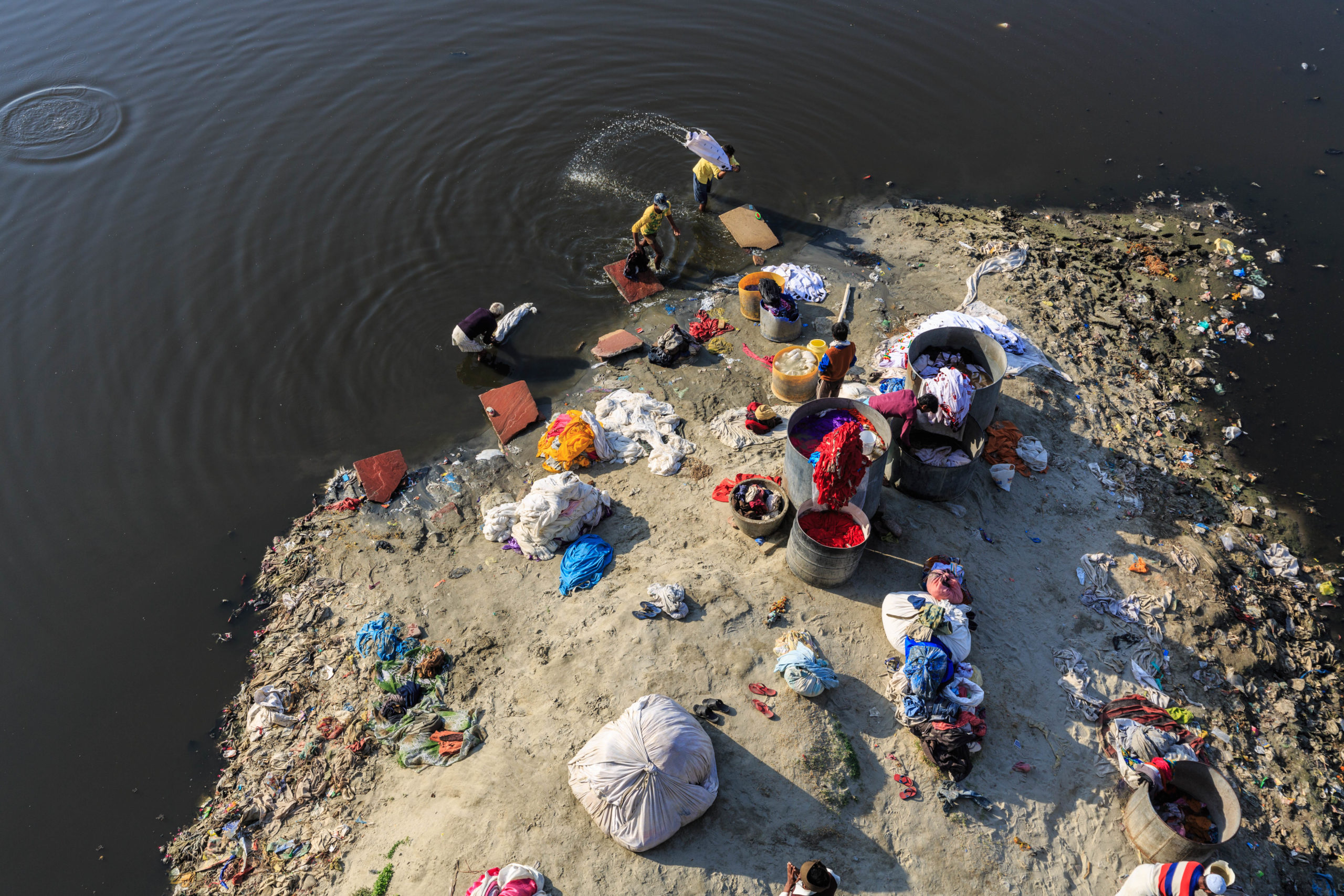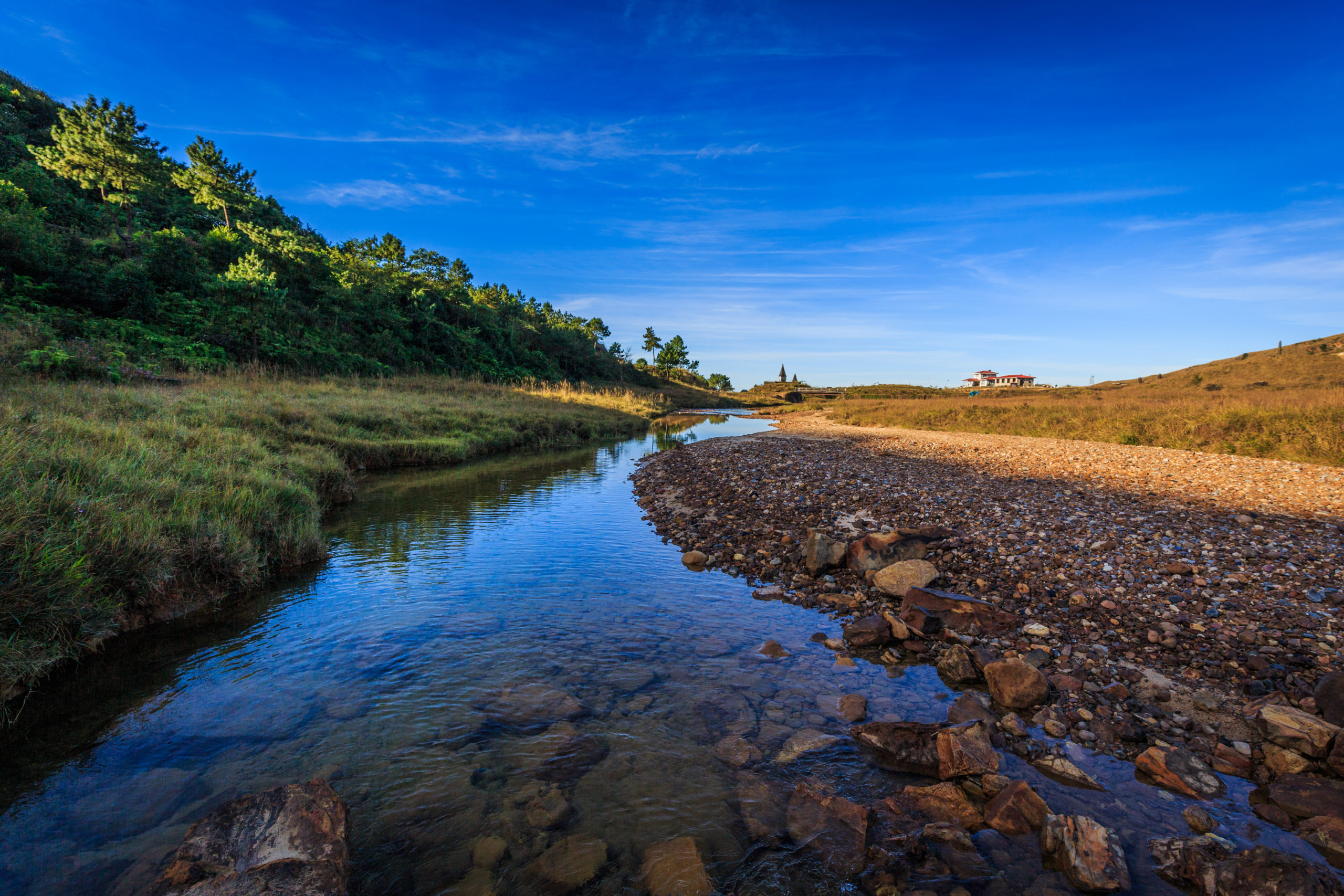AGRA
AGRA
When, while the lovely valley teems with vapour around me, and the meridian sun strikes the upper surface of the impenetrable foliage of my trees.
Photo Story
Agra – A city wrapped in love and pain and dreams and heart break. Where every corner has history dating back centuries. Where remnants of some of the finest architecture the world has ever seen blends with Modern India. World famous for the Taj Mahal, a mausoleum built by emperor Shahjahan in the memory of his queen Mumtaz Mahal. Is it a symbol of eternal love or eternal pain?
Being of Indian origin, I have always been asked by my friends from around the world if I had the chance to go see Taj Mahal. And my answer was always, yes, I did when I was 5years old with my parents and I have no recollection of it. So, in February 2017 I made it my mission to find time from my busy professional life and book a trip to Agra. I spoke to some photography acquaintances and was referred to a guide named Harsh Agarwal and boy was it a fortuitous moment. Harsh is an avid photographer himself and runs a tour company (www. Indianmaharajatours.com). A quick call and message and all the details were sorted out. I would highly recommend contacting him if you want to have an authentic Indian travel experience.
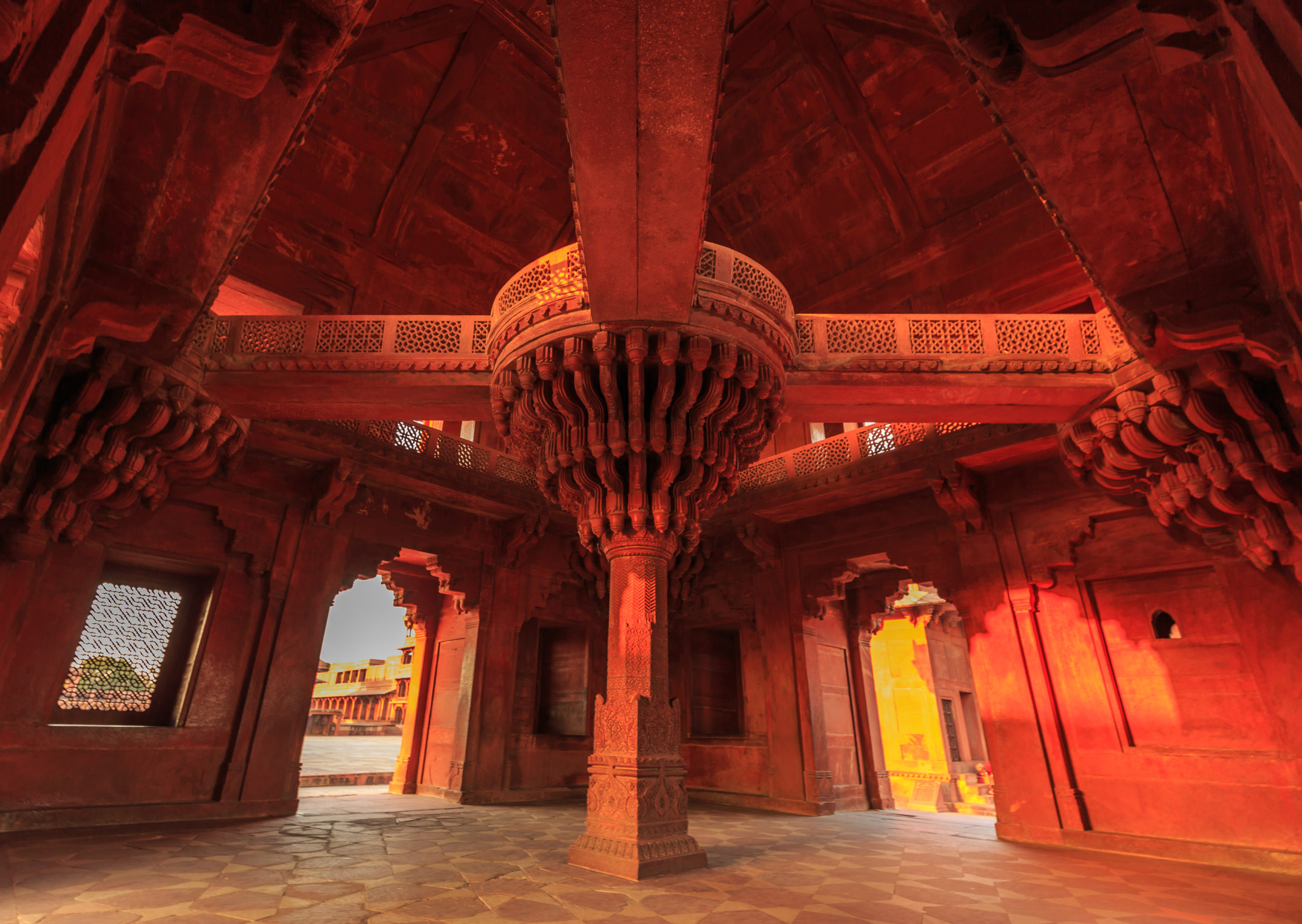
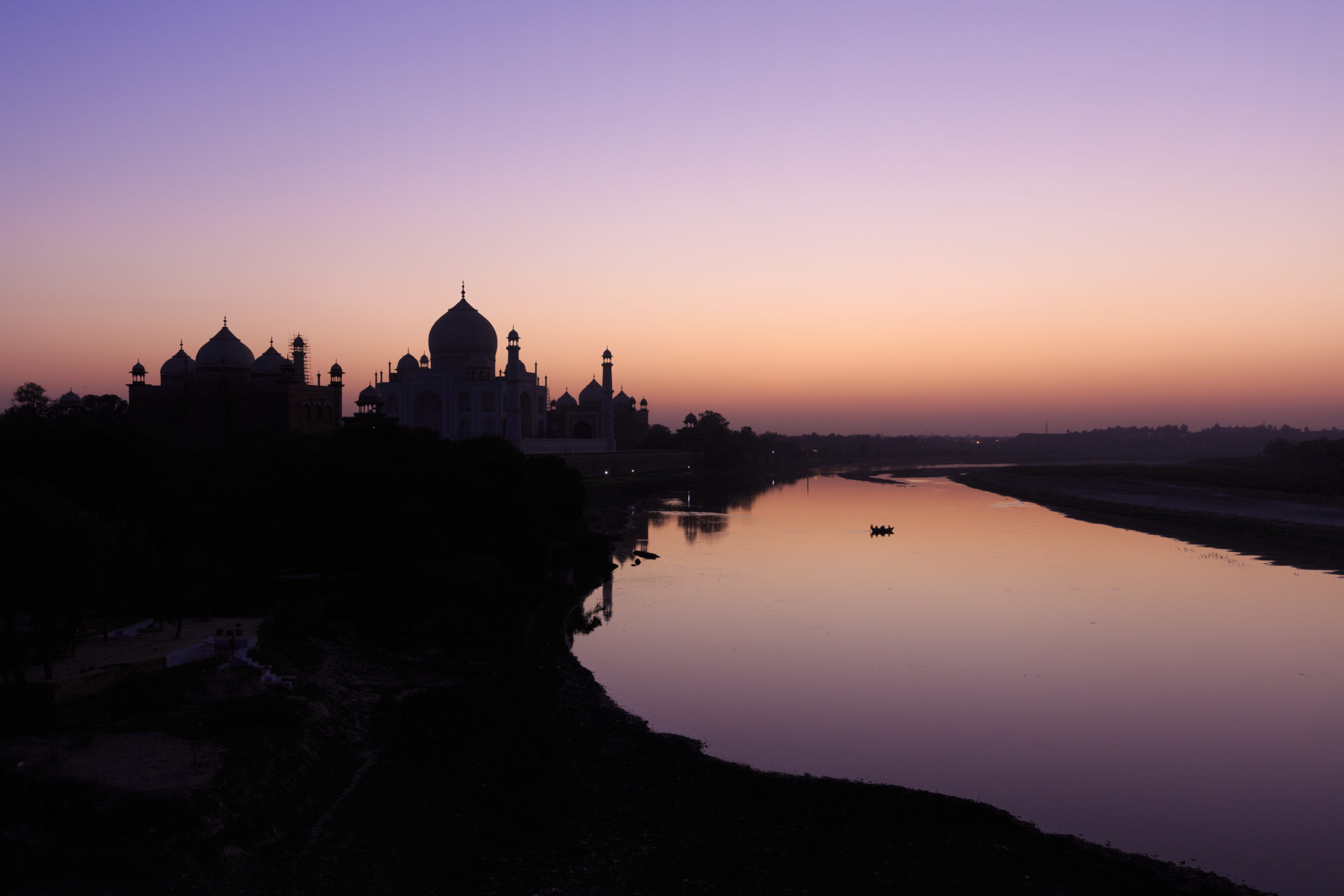
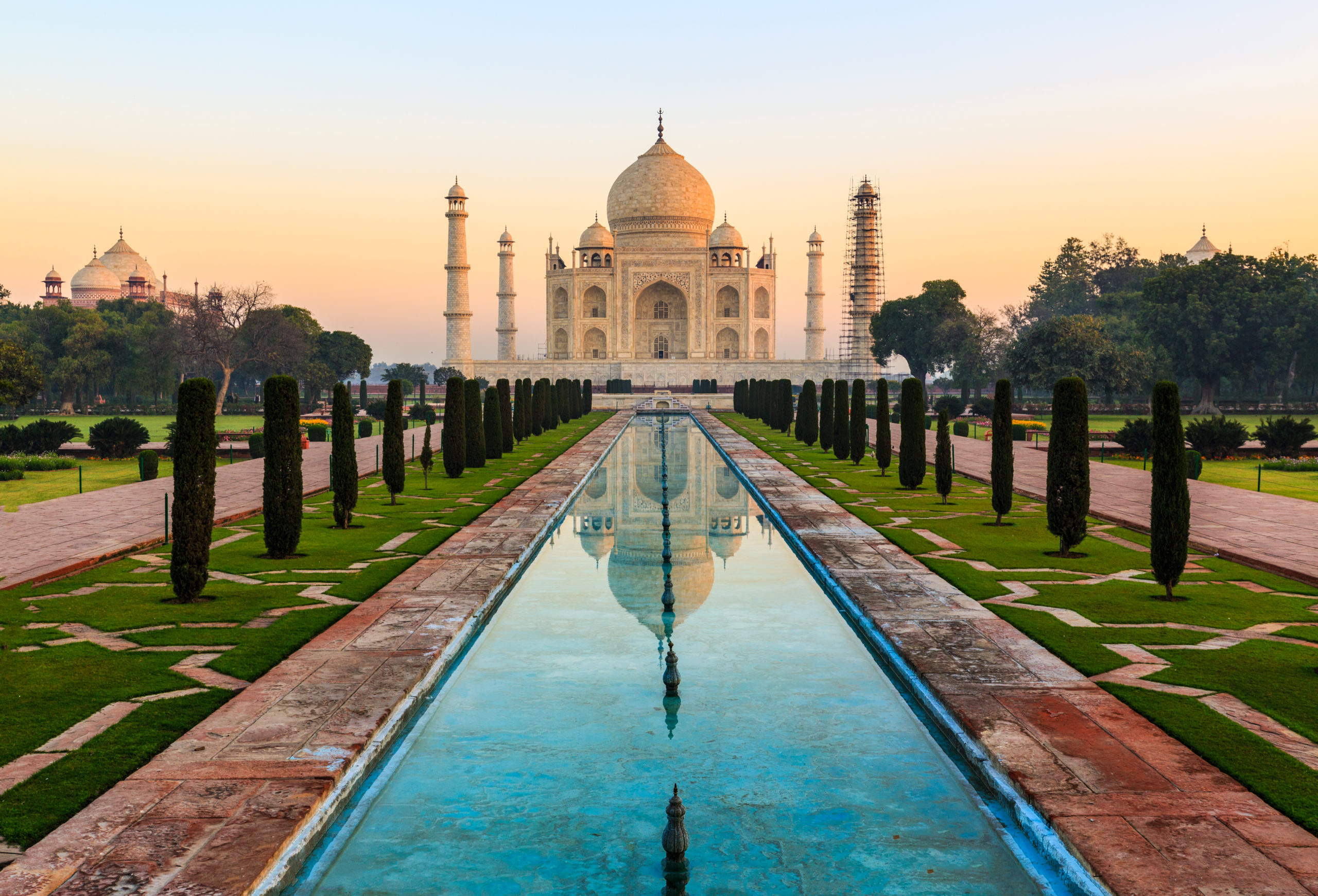
Day One
We woke up around 4:30am to meet Harsh at the entrance of the hotel. A twenty minute walk to the entrance of Taj Mahal and we were the first ones there. The police at the entrance were quite chatty and friendly. They scanned our passes very quickly as the queue behind us grew. The gates were opened at 6am and we rushed through to find strategic spots for a perfect frame. We must have walked around hundred meters or so and we came around the bend and there was the Taj Mahal in all its glory an grandeur. As a photographer the intention is always to be on time, frame and shoot and never miss the opportunity. However, in this instance it took me a good few minutes to pull myself back into the present. The sheer opulence and grandeur of the building, it’s perfect structure and balance and equilibrium and harmony with its surroundings.
We spent the next few hours walking around the entire campus finding some amazing spots capitalizing on the proverbial “golden Hours”. We spent some time in Kau Ban Mosque and Mehman Khana (Guest House). After a few hours the place started filling up with hundreds of people and we made our way to a restaurant for lunch.
We went back to the hotel to refresh and get ready for the evening adventures. Harsh had promised to take us to a very exclusive spot. Around 5:30pm we started walking towards this ”special” spot making our way through the winding back streets behind Taj Mahal. We passed clusters of houses with thousands of people living there. It was amazing to hear that some of these families were direct descendants of the laborer’s and builders who had worked on the structure centuries ago. We reached the spot and spent the entire evening watching the magical sunset along the Yamuna river. As the evening set in, we were surrounded with peacocks around the trees that were there. As we sat there talking about our experiences, it dawned on me how beautiful this place would have been centuries ago without the chaos and madness that’s descended on this place now. We finished up with a dinner at the famous Taj View hotel discussing the highlights of the dayt
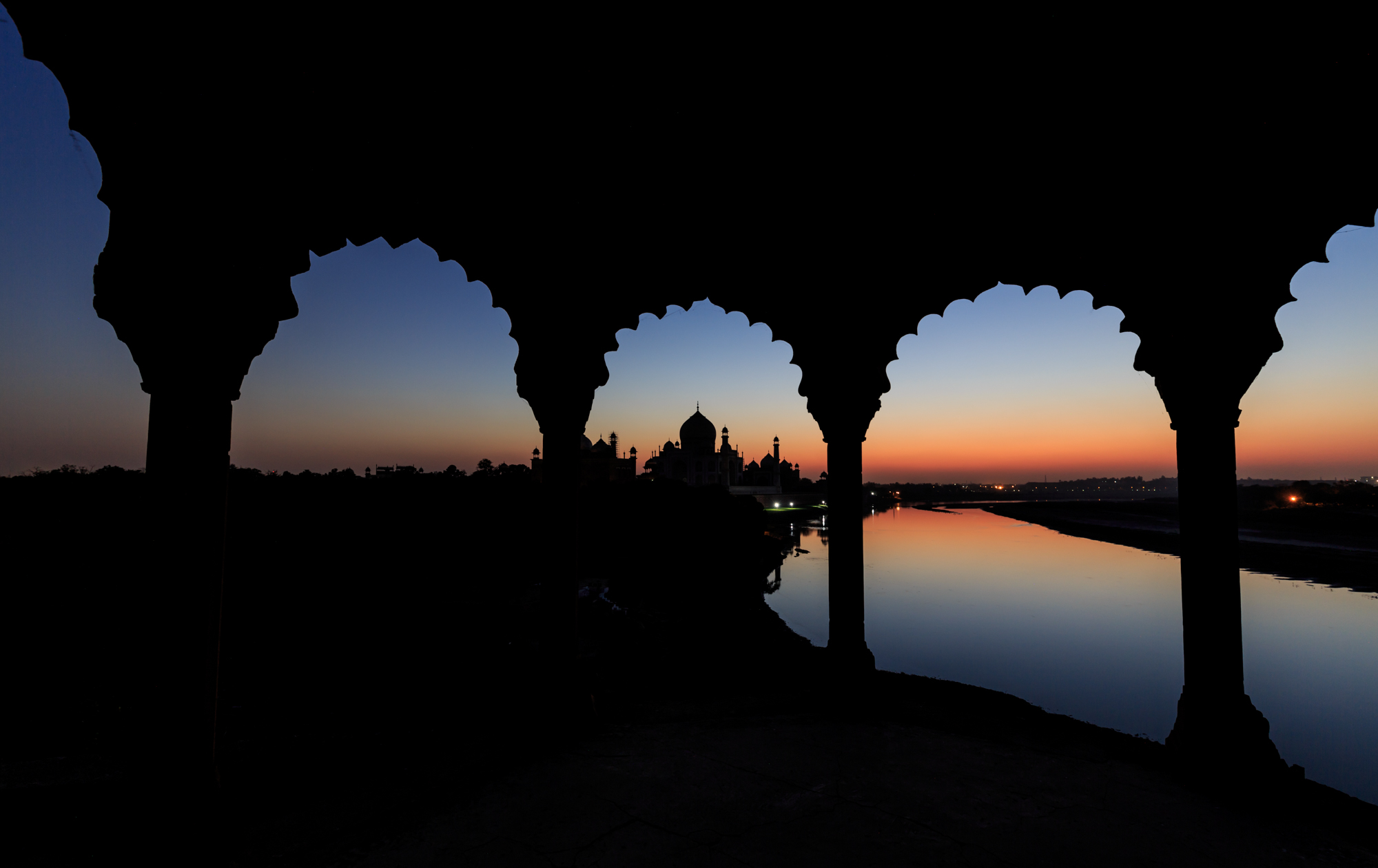
Day Two
We started early on day 2 to a visit of Fatehpur Sikri. It was founded as the capital of the Mughal empire and was constructed as a walled city of red sandstone. We arrived before sunrise and were the first ones inside the gate. In contrast to Taj Mahal there was hardly anyone there and we pretty much had the entire place to ourselves for atleast 2-3 hours. It was surreal and even a bit spooky to be walking around the entire campus with no one around. As the sun started rising and lighting up the various buildings, I couldn’t help wonder about the life of the people who had built these magnificent structures hundreds of years ago for the pleasure of the kings and queens of their times. But more importantly how these monuments were left behind for the future generations to admire and appreciate. Every monument and building was absolutely stunning with intricate carvings. Check out the interiors of the Diwan-i-khas as sunlight lighted up the pillars and the walkway. The beautiful Panch Mahal or the Palace with five levels has amazing architecture where dozens of columns were used to support the floors above. The pond right in front is called Anoop Talab and one could easily imagine that the area would have been used for musicians and festivities as the queens and princesses were sitting behind the screens in Panch Mahal.
Once we had walked the through the structure, we went to check out Naubat Khana which was at the entrance to the walled city. Naubat Khana had viewing balconies where musicians would sit and play shehnai or the drums as guests would arrive. The entire place gave me a sense of peace and tranquility. We spent good few hours there and then lunched on sumptuous vegetarian food at a hotel on one of the highways.
In the afternoon we made our way to Tomb of I’timād-ud-Daulah (The Lord Treasurer) which is a mausoleum that was constructed by wife of Nurjahan ( Emperor Jahangir’s Wife) for her parents Mirza Ghiyas Beg and his wife Asmat Beghum . Built between 1622-1628 on the eastern side of Yamuna river, it is considered as a template for Taj Mahal and is one of the earliest examples of Mughal architecture using white marble and floral design with semi-precious stones. The tomb is surrounded by numerous out buildings and gardens. The floral relief work in this tomb including the work on the ceiling still held it’s original sheen and looked amazing as the sun was setting. We walked around the gardens for a few hours and just enjoyed the mélange of people and beautiful surroundings.
Day Three
Day 3 started very early with us walking to the shores of Yamuna river which is the southern side of Taj Mahal which is also the back. It was February and the river had dried up into a narrow stream. There were many opportunities to frame and take some remarkable shots of the Taj. However I decided to concentrate on the side that’s hidden from tourists and is contrary to the image that’s shown to the world. Please refer to the section “The Other Side”.
We spent a few hours there and then proceeded to the last major stop of this trip, Agra Fort. This fort was the main residence of the Mughal emperors till 1638. Spread over 98Acres it’s a great example of Islamic architecture in red sand stone and subsequently Shah Jahan added structures in White marble.
Every single part of the fort was laid out perfectly with symmetry and precision way ahead of the times this was built. One could just visualize how the public would arrive at the Diwan-i-Aam to meet Emperor Shah Jahan who would be sitting on his throne conversing with his councilman and ruling his kingdom.
Other notable structures are Khas Mahal, a beautiful structure made of white marble. Shahjahani Mahal, Shah Burj.
After spending a few hours there, we finally went back to the hotel and took the return taxi to New Delhi for our connecting flights.
As is often said, that you cannot capture the spirit of Agra in just a few days. You have to live and appreciate how humanity along with these architectural wonders have survived for hundreds of years. With the modernization and associated population booms around these areas, it’s a miracle that these structures have withstood the test of time for over 350years. As a proud person of Indian origin and even bigger admirer of history, I could only hope that these gems are all preserved for generations to come. The small part of India’s ancient history is locked in the walls of these buildings. A history that we should not only be proud of but actively take part in preserving. The pictures I have taken are my offerings to the great sponsors, architects, craftsmen and builders who built these amazing structures for the world to enjoy.
The Other Side
This part of my memoir is supposed to show the unflattering side of Agra and more specifically around the Taj Mahal. With millions of tourists visiting Agra every year, I found the conditions around the Taj to be deplorable and unacceptable. The difference between the main entrance side which is on the North and the Southern side (side facing Yamuna) is distinct. The contrast of the grandeur and riches of Taj Mahal in direct contrast to the filth and waste just a few hundred meters away is stark and shocking and a reminder of the huge social divide in India. I did realize that as unflattering or unpopular these images were, it was important to capture and show them. Sewage water polluting the Yamuna and filth and garbage filling acres and acres of land around the Taj, dead animals lying around and untreated sewage, people defecating out in the open. It is shocking and disappointing to see that the Uttar Pradesh government despite of getting millions of dollars in revenue from tourism have not taken steps to improve this.
Many of my friends have criticized me for my attempts to show the short comings of India. However, any attempt to just show one side of the picture to the world to me is dishonest. For all the grandeur and pomp of Modern India there is also the “Other side” that is marginal and unheard of. Where people live in the shadows of the myth of modern India and live and die in poverty.
